For about a century and a half, human beings have been getting on the tarmac with four wheels to drive on. Many of these cars are flashy enough to grab the attention of people on the road. Designers working for car companies are always coming up with new designs that they believe will wow the customers buying the cars and anyone else who sees the car out in public. However, not all these designs pan out and sometimes, you end up looking at a car that makes you rethink all the decisions that the company has ever made. Here are some of the worst cars that were ever made in the history of mankind.
TransAm Type K
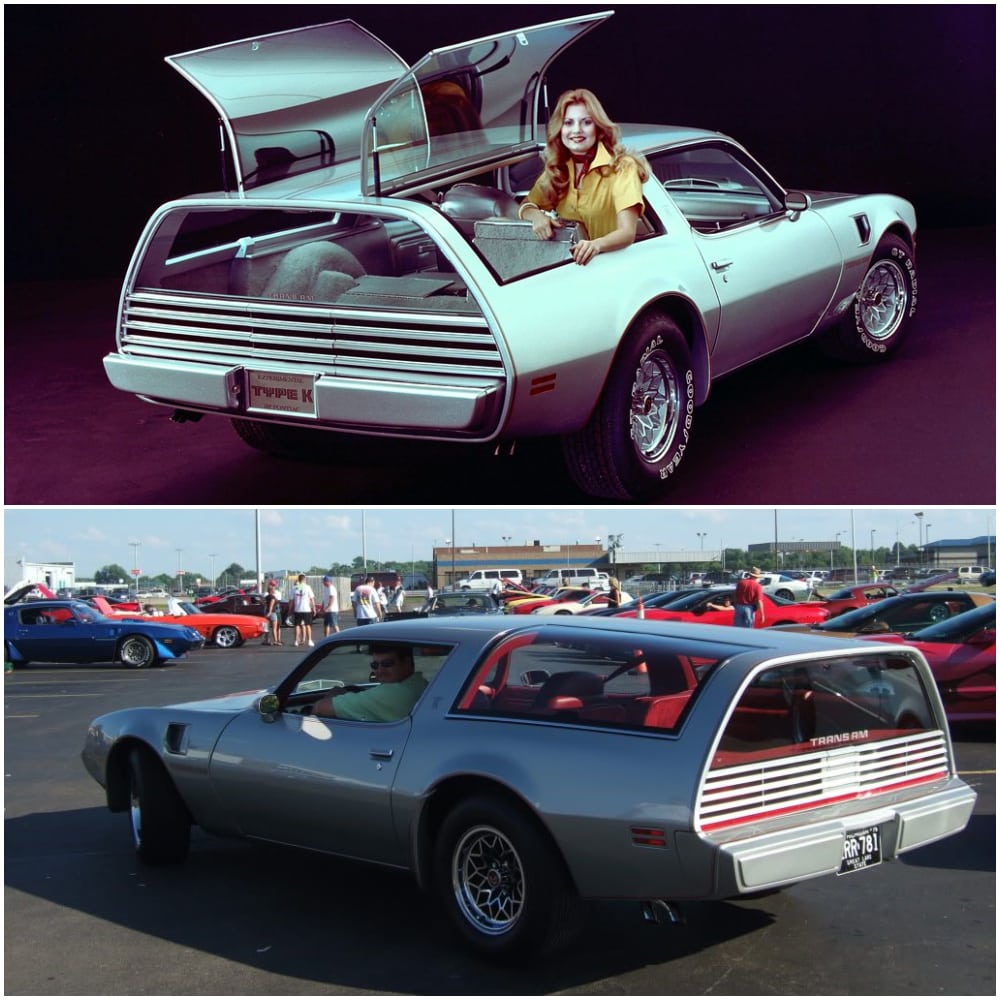
The TransAm Type K was a Pontiac concept car that got a lot of thumbs up from the public. It featured in a two-part episode of The Rockford Files and it seemed destined to hit the American roads as a trendy family car. When all was said and done, though, the estimates showed that the project was far too ambitious for the intended price. To turn a profit, Pontiac would have had to price the Type K at $25,000, which would have bought two Corvettes.
Space Shuttle Convertible
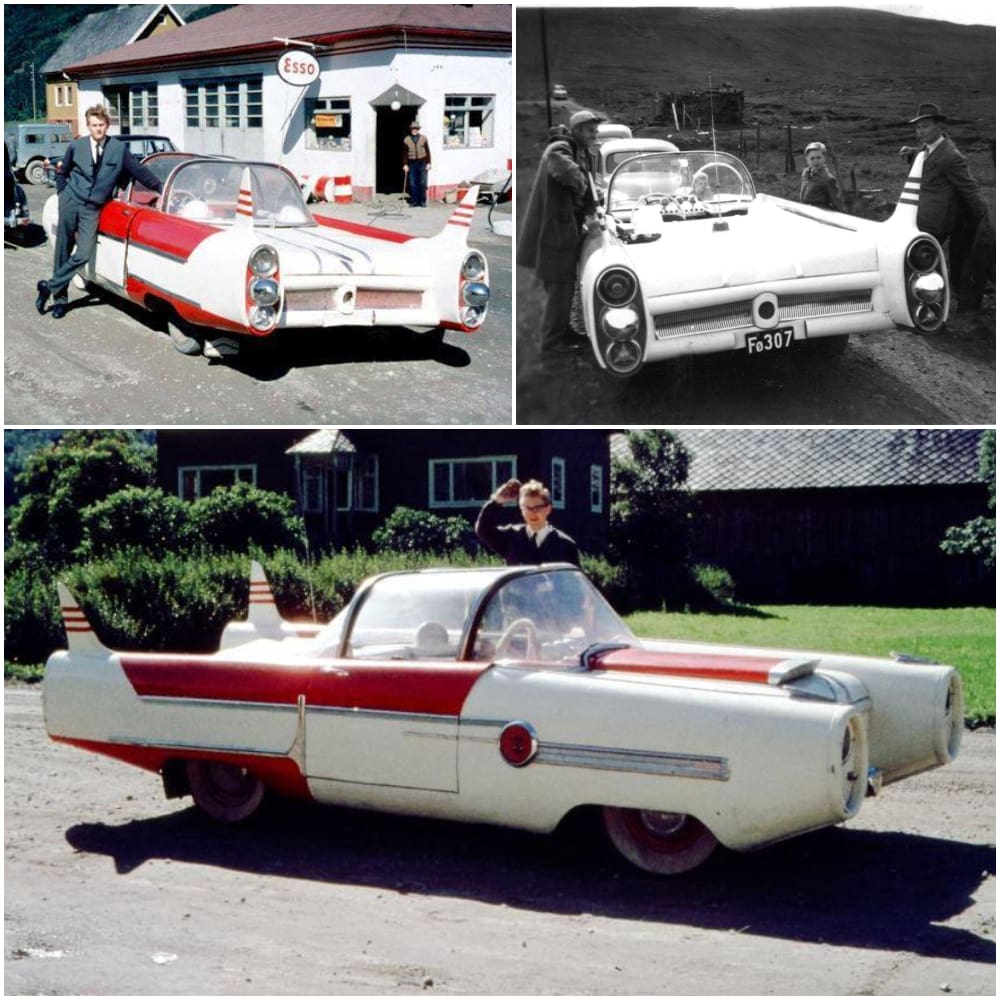
There could only be one Space Shuttle Convertible, as it’s truly unique. Built by Norwegian Almar Nordhaug in the Faroe Islands in the 1950s, his work colleagues at the local barrel factory helped him out. It was the first car in the Faroe Islands to have a cassette player and four loudspeakers. It gained notoriety for its bizarre design. In 2011, for example, the Faroe Islands put a picture of it on a stamp. The current owner reportedly has plans of restoring it, but we’ll have to wait.
1971 Chevy Vega
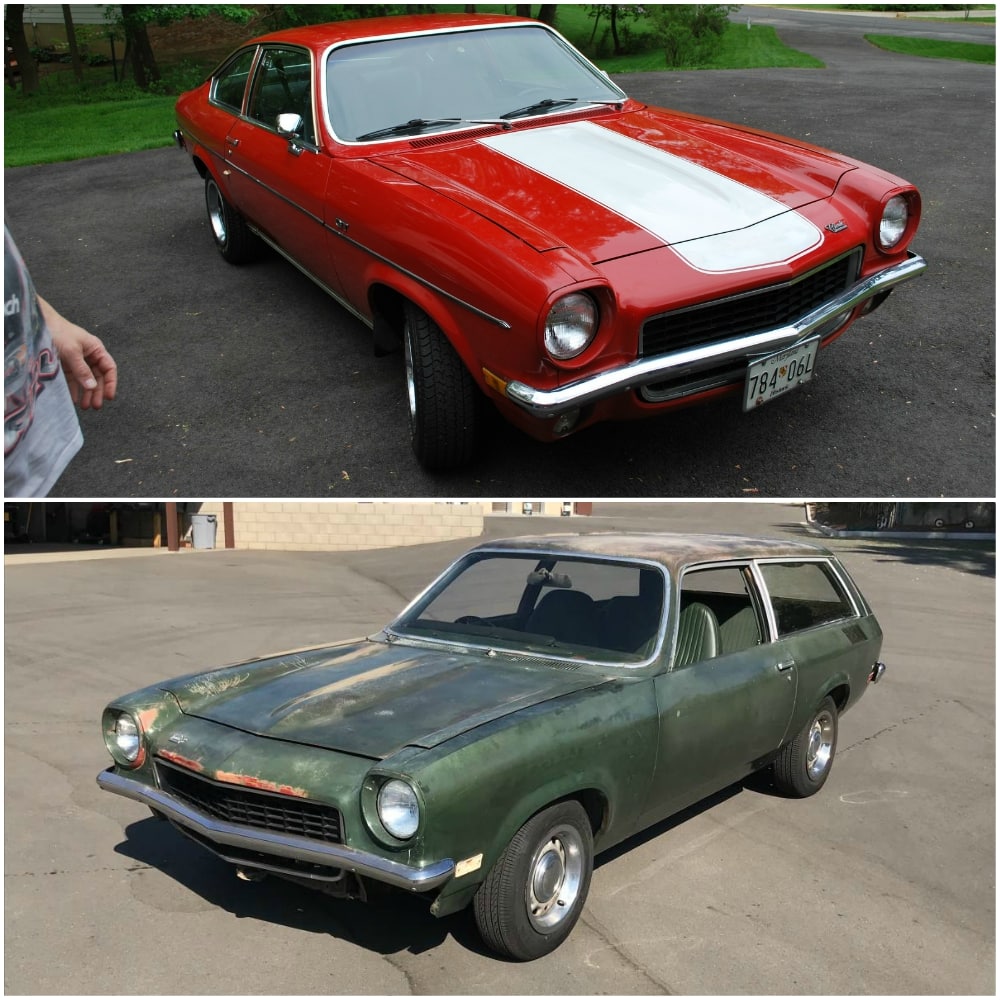
The Chevy Vega was released in the early ’70s to high acclaim. The inline, four-cylinder design of the aluminum alloy engine was praised by Motor Trend, which named it car of the year in 1971. But soon after buying one of these, it was clear you had a lemon on your hands.
Plymouth Prowler
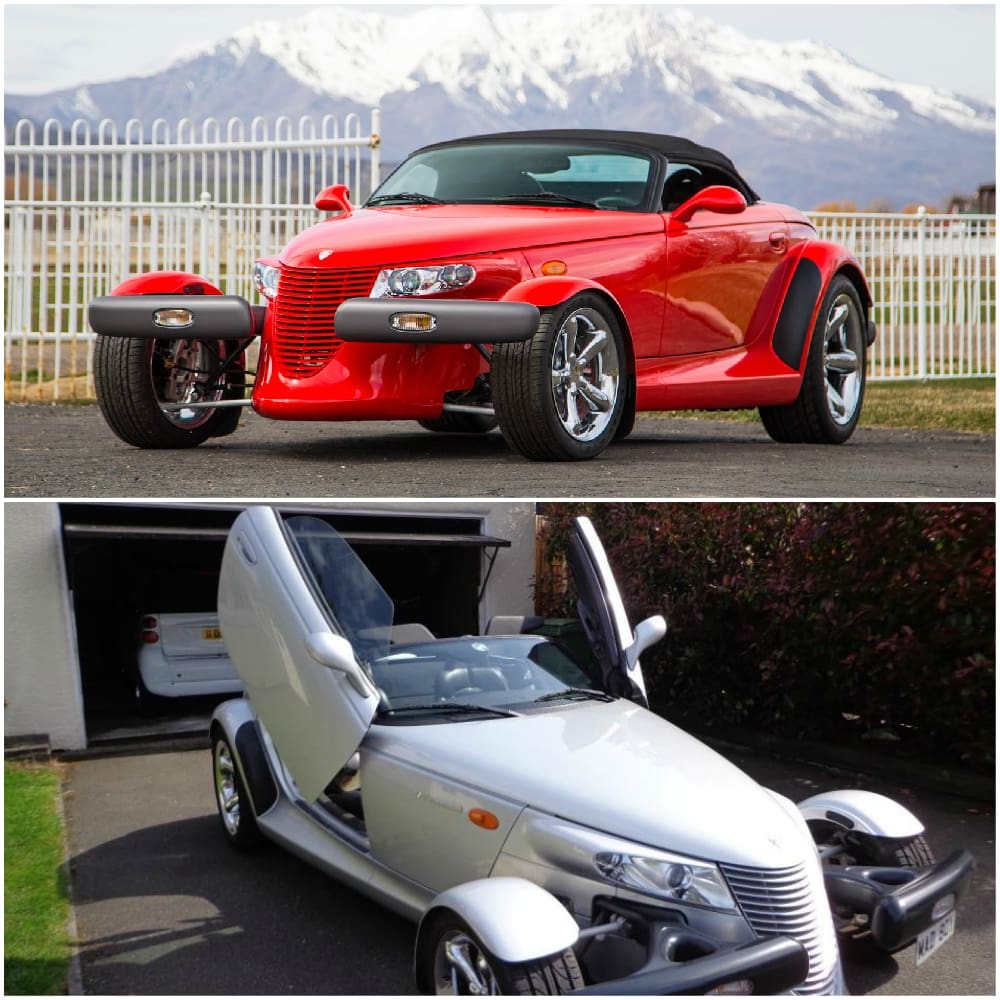
The Plymouth Prowler of the ’90s shows is just what the designers of the day looked up to, in addition to creating some of their own unique and often bizarre-looking creations. Inspired by the hot rods of the 1930s, it ended up being a bad car. Instead of ending up like a hot-rod, the Prowler had a 3.5-liter V6 engine that only produced 250 horsepower. It might have caught the eyes of the public when it was introduced, but sub-par performance kept sales low.
Aston Martin Lagonda
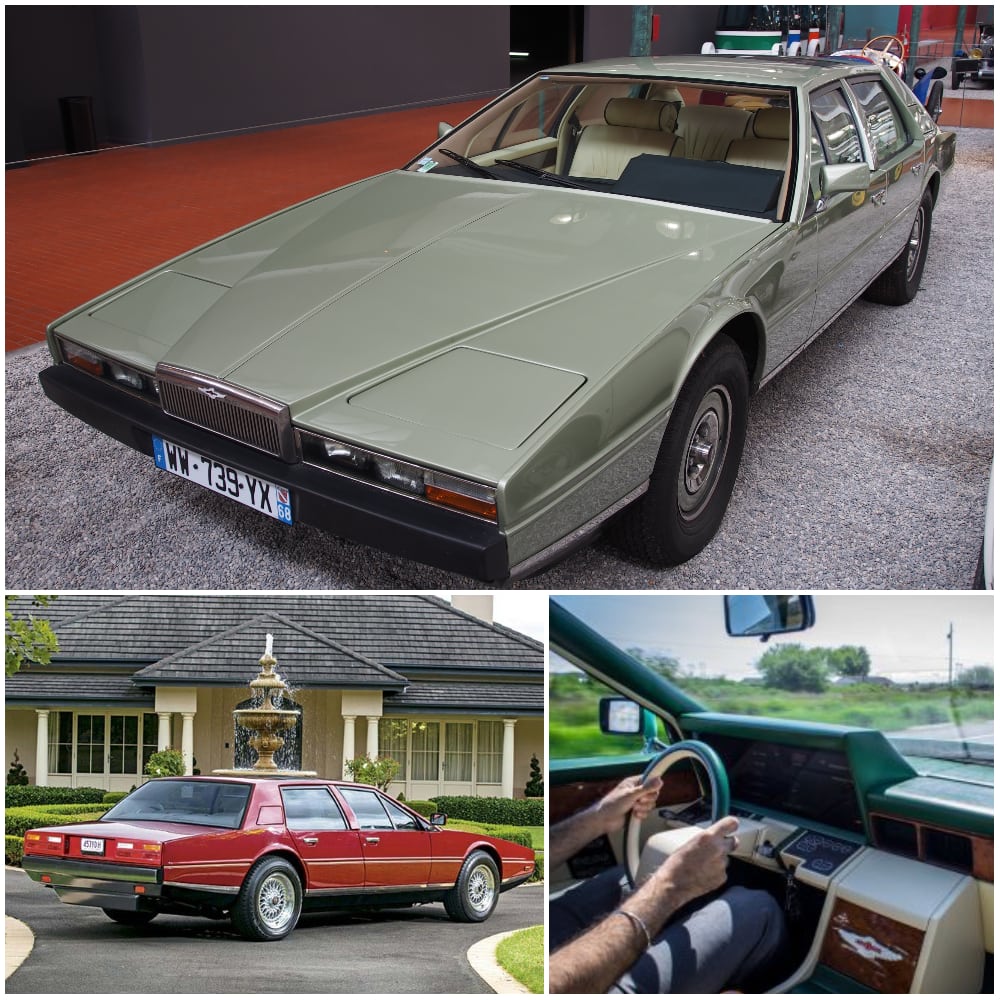
Aston Martins are what James Bond drove back in the ’70s, so the Lagonda makes a lot of sense. It had a sleek design, but it was the fact that it was built using the cutting edge electronics and computer equipment of the day. Too bad it was overambitious, as the advanced gadgets didn’t really work very well. It was quite embarrassing for the company, which had even replaced the gauges on the display for a cathode-ray tube monitor.
Suzuki Samurai
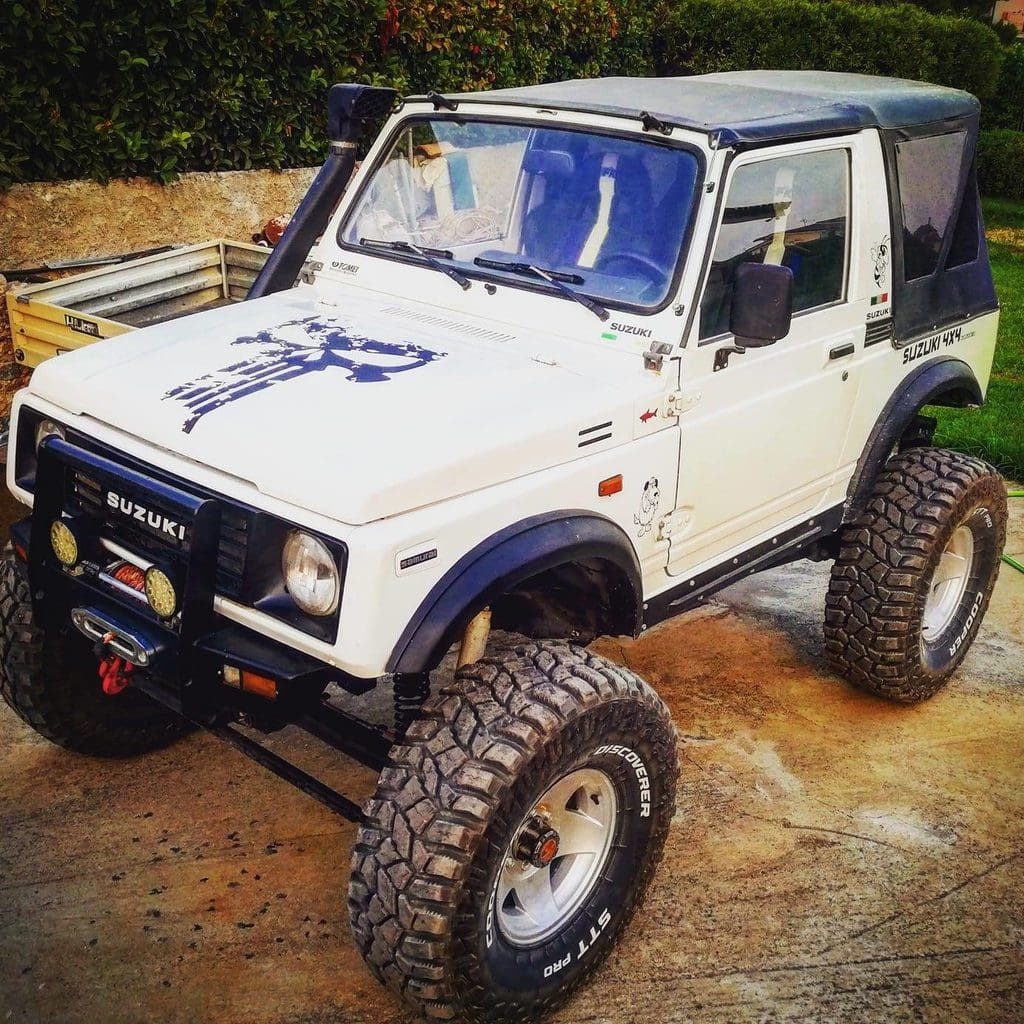
The Suzuki Samurai fell way short on expectations for buyers in the 1980s. Just like the decade that it came from, it was fast and sporty, but all too dangerous. The four-wheel-drive was nimble and actually outsold the Jeep Wrangler in 1987. That was until people realized that, just like a real ninja, it could break out in a flip without a warning. Once it became known that turning corners at normal speeds could easily become a flip and roll-over, sales plummeted.
Saturn Ion
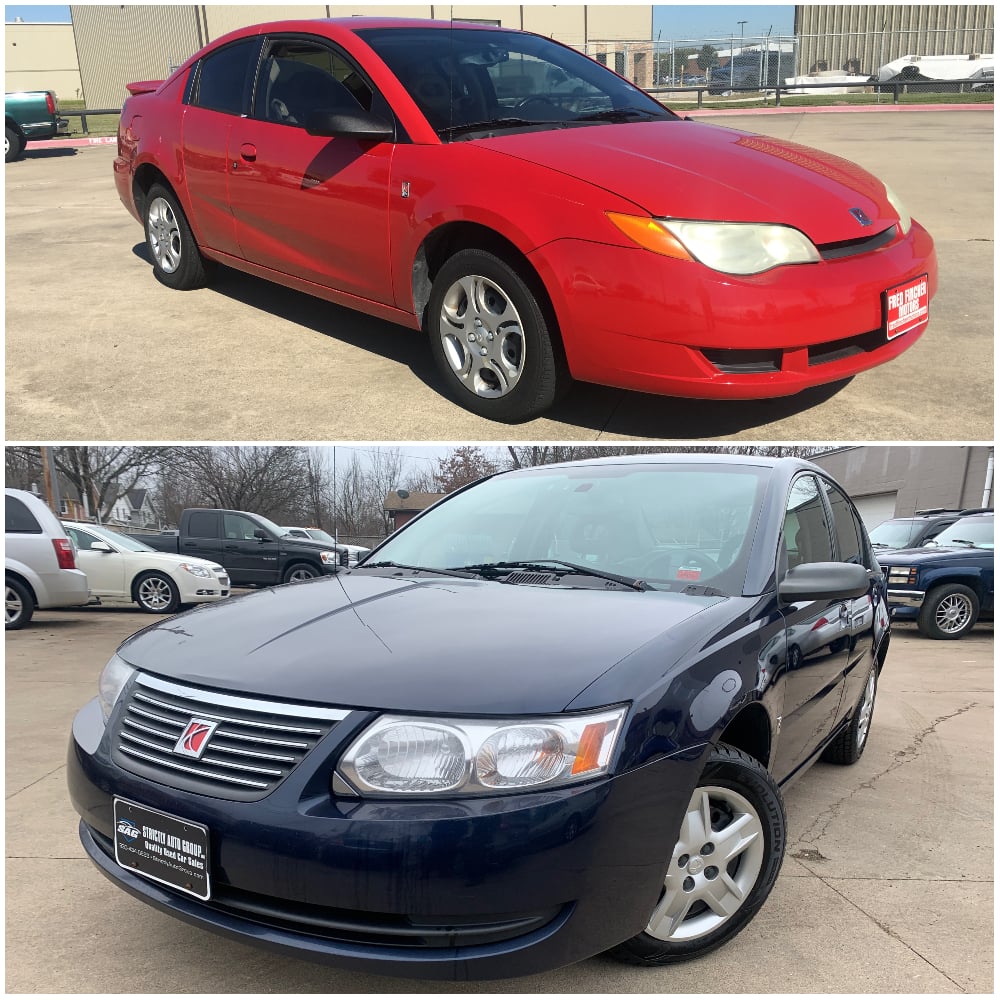
Lots of companies have produced terrible cars, but the Saturn Ion seems like a particularly bad hit. The company was envisioned as a made-in-USA car that could break into the market, although it seemed like a long shot. When Saturn did just that, it was thanks in part to the Ion. Too bad it was clear that the ion was an under-performing vehicle, as its weak engine wasn’t able to handle the massive car, which was the longest four-door sedan on the market. The Ion stopped being made in 2007.
Yugo GV
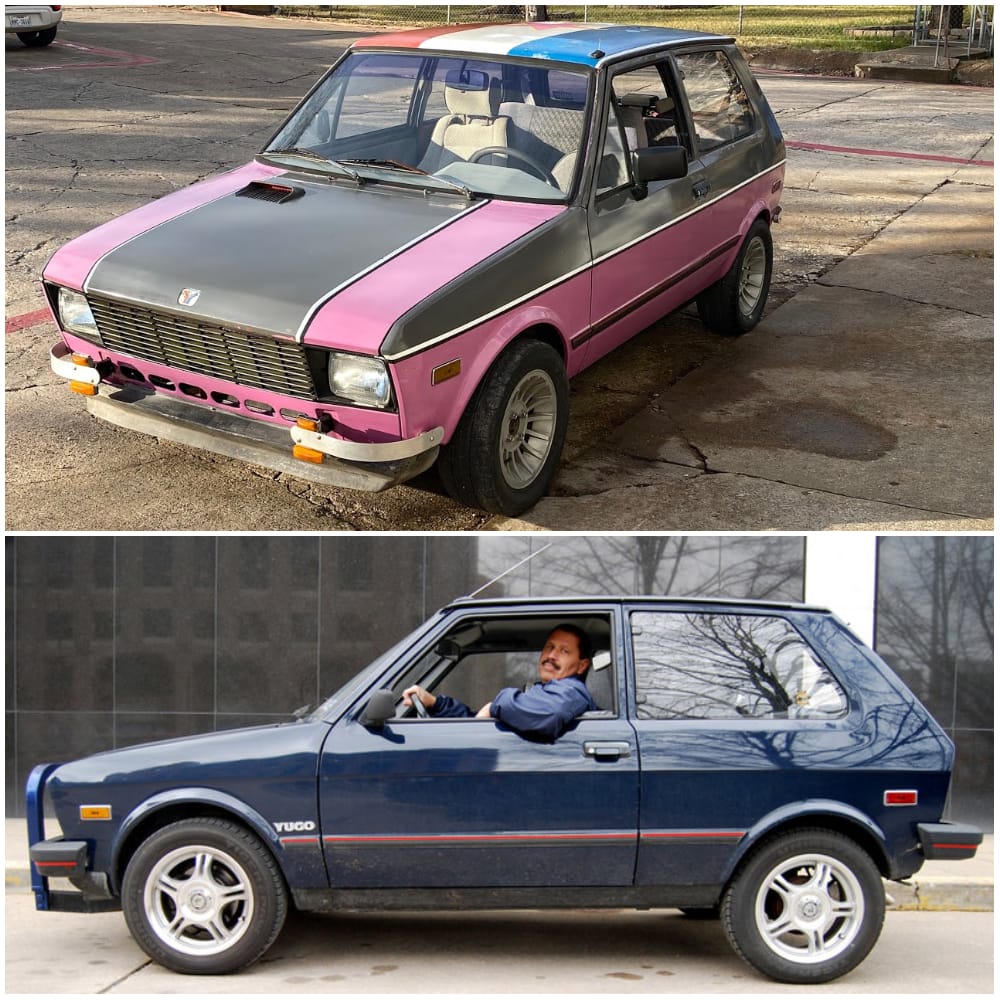
The Yugo GV was a two-door hatchback built in Yugoslavia during the peak of the Cold War. It didn’t sell well on the Communist side of the Iron Curtain, but for some reason they thought it would sell in America. To compete, the Yugo was the cheapest car on the American market ever, adjusted for inflation. It listed “upholstery” as a standard feature, so that can give you an idea of what kind of the kind of car it was. It’s often cited as the worst car of all time. “Yugo nowhere,” people joked.
Ford Model T
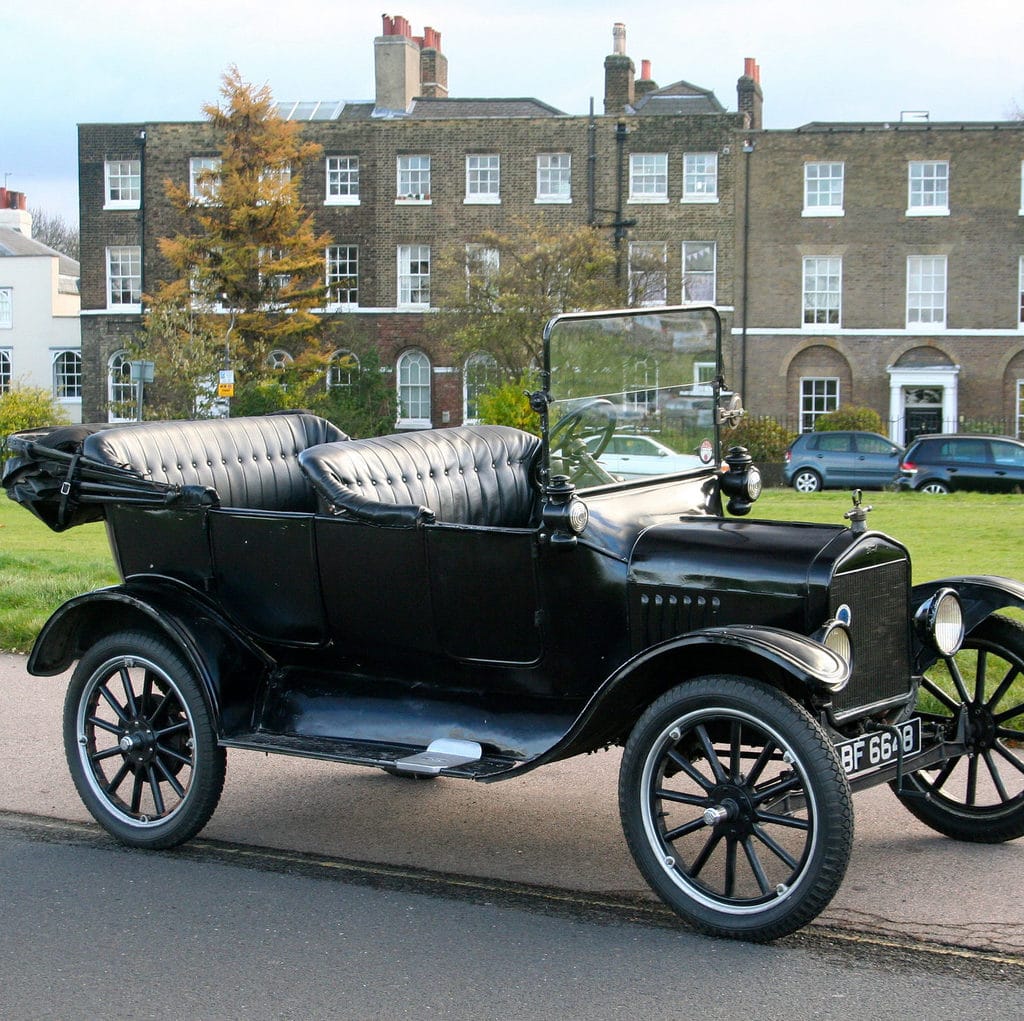
The Model T was the first mass-produced vehicle in the U.S. It was also the first vehicle most people could afford, but there’s a reason it stopped being produced in 1927. The romance surrounding this vehicle overshadows it’s terrible performance on the road. There was no windshield and the engine wasn’t very good. The brakes also didn’t work very well, which made this an extremely dangerous car. When you compare it to all the other cars that rolled out of factories in later decades, it’s a pretty terrible car.
Citroën Pluriel
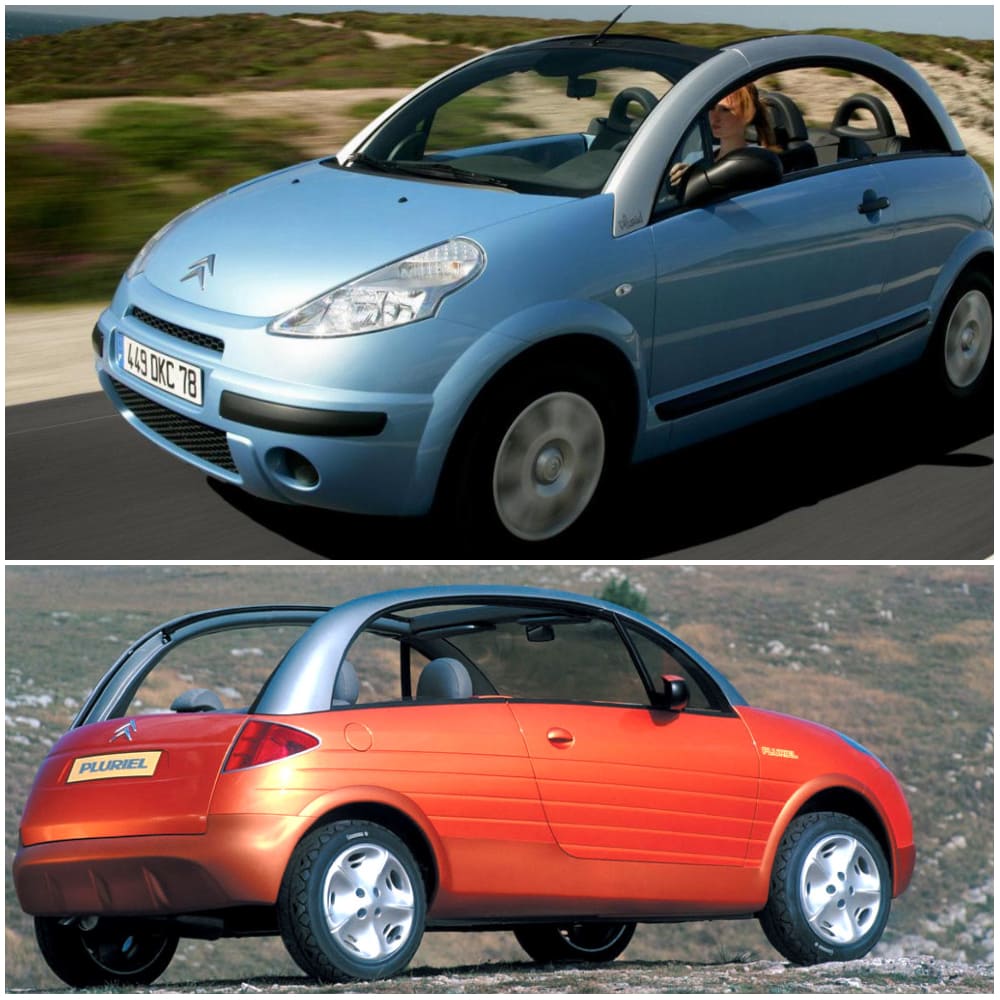
France’s automobile manufacturers don’t have the most spectacular history in North America, although they have had several successes. The Citroën Pluriel isn’t one of them, which was also sold as the Citroën C3. These cars were called “about as useful as a chocolate teapot” in Top Gear magazine. Despite being marketed as a convenient car to satisfy all your needs, it was unreliable, had terribly designed features, and had a tendency to fill up with water when it rained. Production ended in 2010.
Scripps-Booth Bi-Autogo
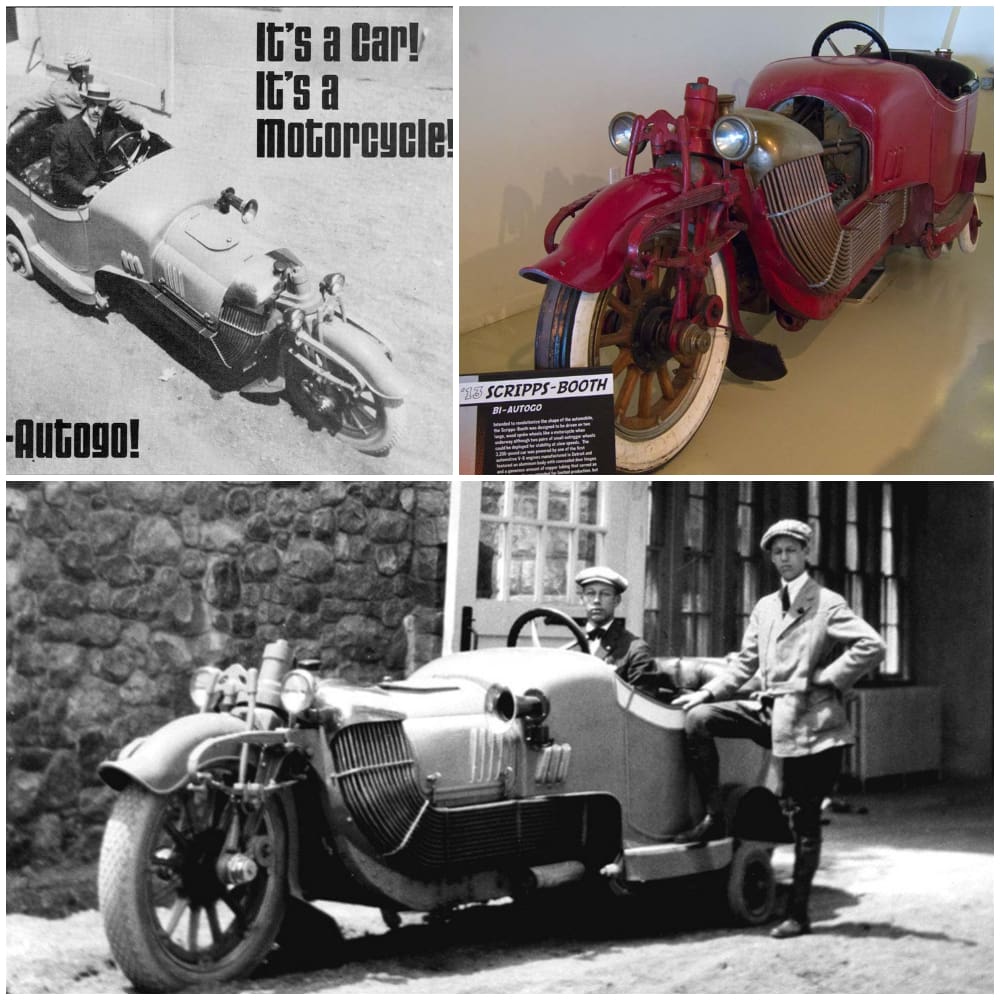
Sure, it might have been Detroit’s first V8 engine, but the handling of ridiculous steering on the Bi-Autogo ensured only one of these cars was ever built. The engine itself only produced about 45 horsepower, which did little to propel the three-seater forward that happened to weigh 3,200 pounds. It was carried on two wooden-spoked wheels (the standard from the era) in addition to two pairs of outrigger wheels that retracted. Designed by James Scripps Booth, the one unit that exists is in the care of the Detroit Historical Society.
Reliant Robin
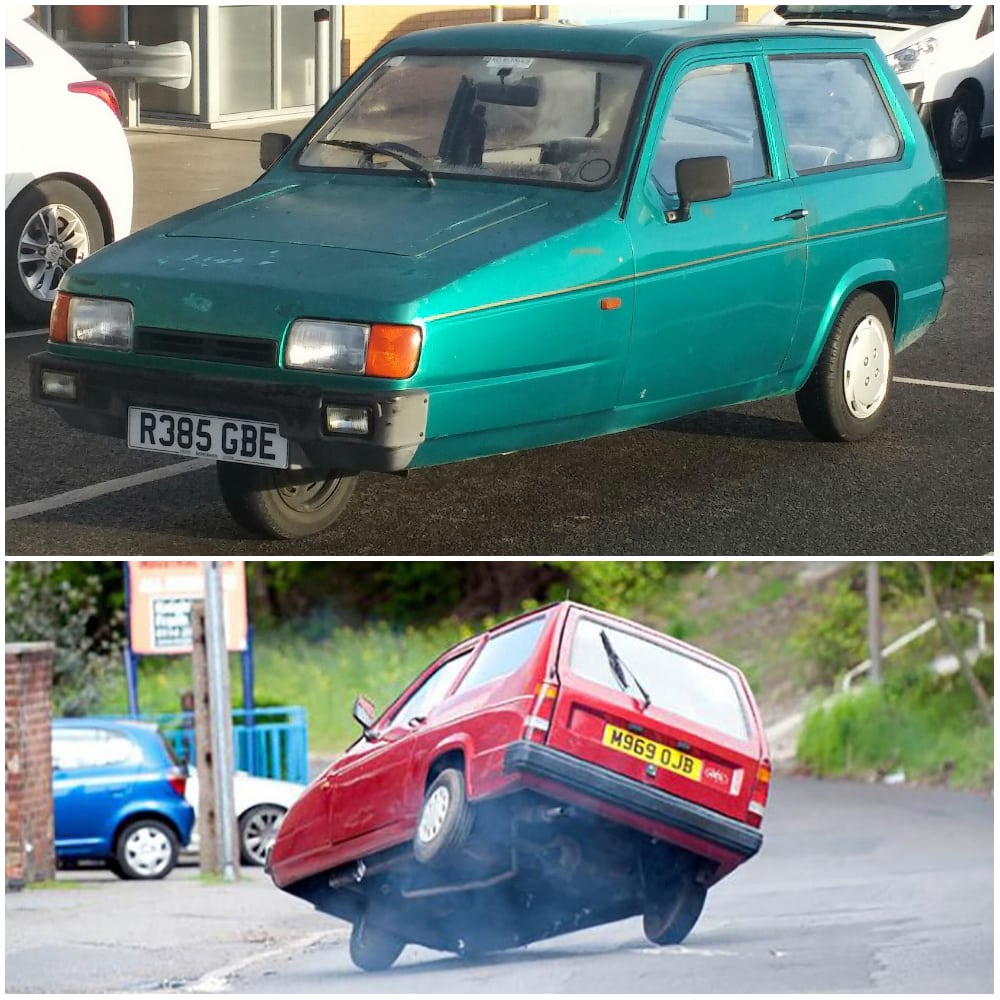
You won’t find many three-wheelers in America because the design never caught on. A car looking like the Reliant Robin caught the eye of many people stateside who were most likely shocked that someone actually drives an automobile that lame. Even in the U.K., where three-wheeled vehicles carry less of a stigma, the Robin has a bad reputation. It has a tendency to fall over which has made it a bit of a laughing stock. Luckily, it’s not hard to fix because the Robin’s so light you can just prop it back up.
Briggs and Stratton Flyer
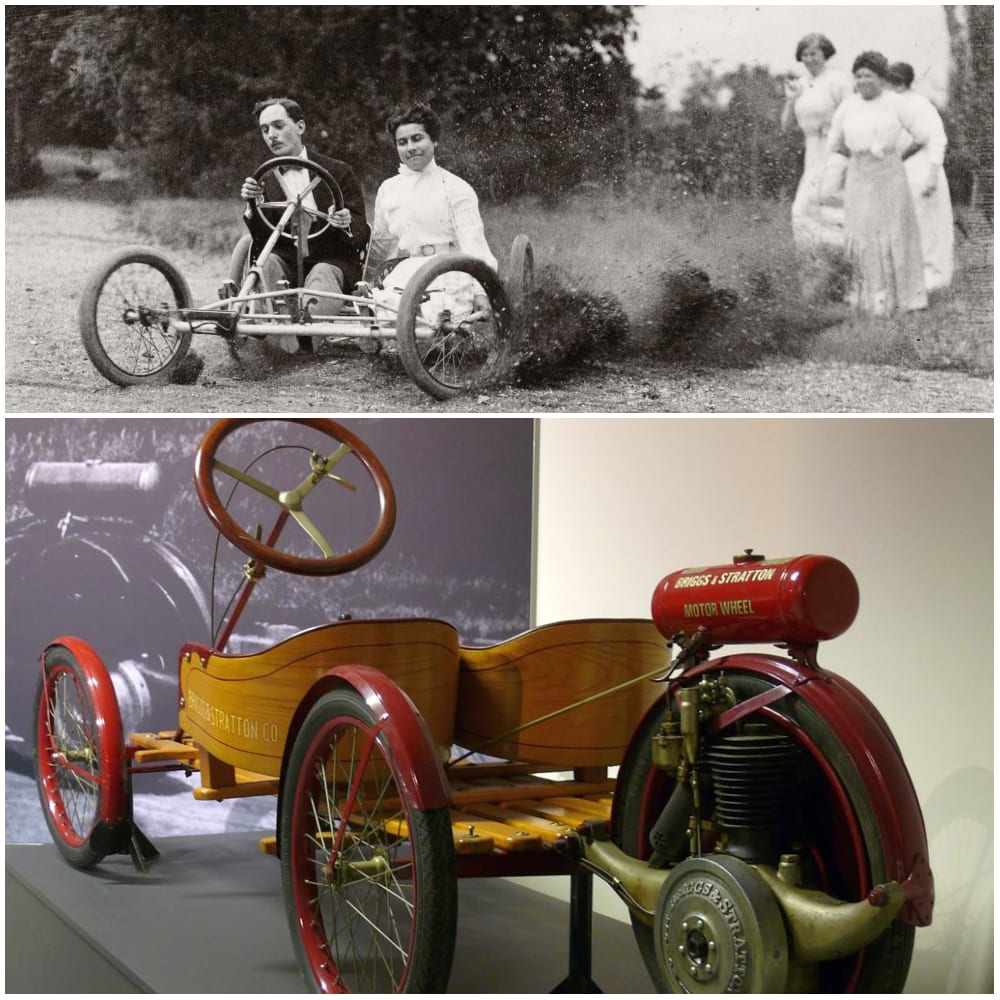
The two-seat Smith Flyer was renamed the Briggs & Stratton once the rights had been sold. Regardless of what name, it was produced from 1915 to 1925. There were some innovative designs that made this simple, stripped-down vehicle an inexpensive hit in the car market. There were actually five wheels and the wooden planks doubled as a floor and suspension. That being said, its shortcomings were pretty evident by the ’20s when seen side-by-side with cars that actually have suspension, windshields, and metal bodies.
Overland Octoauto
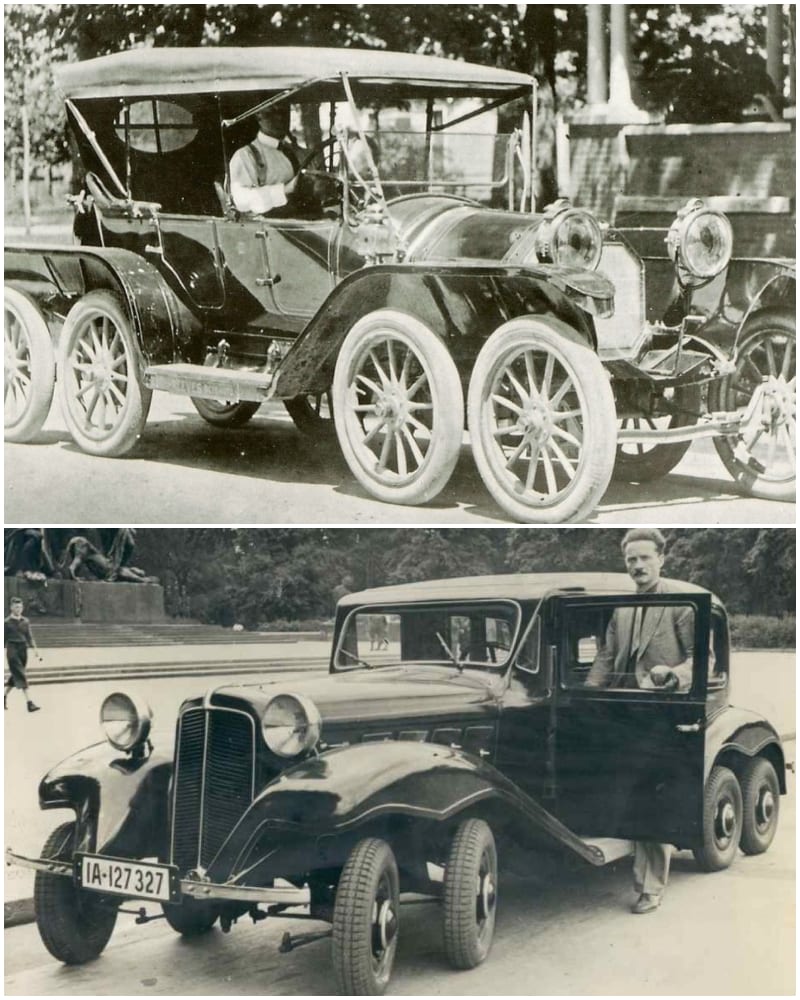
While you won’t see too many cars with an odd number of wheels in America, this wasn’t always the case. As American cars follow a “bigger is better” dogma, Milton Reeves thought that adding more wheels will make for better performance in 1911. He put eight wheels on a 20-foot long vehicle. Even though eight is an even number, when you take a look at the Overland Octoauto you’re left with no other conclusion than eight wheels on a car is odd. It was gangly and the handling was atrocious.
1957 Trabant P50
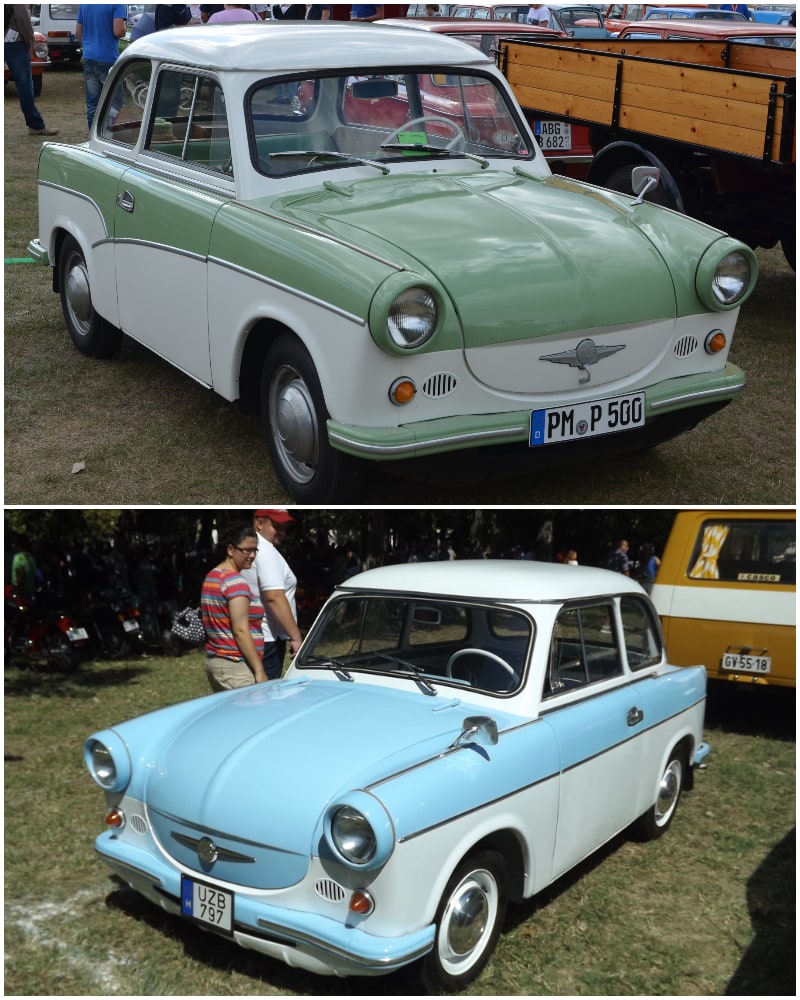
Trabant P50s are relatively unknown in some parts because they hardly left the Soviet Bloc. The lack of a fool-hardy American importer doesn’t make the East German car any better than the Yugo, however. In many ways, it was a reflection of life in East Germany, with lofty ambitions that were painfully short of realization. The plastic body seemed sleek but inside it was cramped, uncomfortable, and you felt every pebble. The front-wheel-drive was powered by a transverse-mounted, two-stroke engine and required drivers to put oil in the fuel tank — think about the pollution!
Desoto Airflow
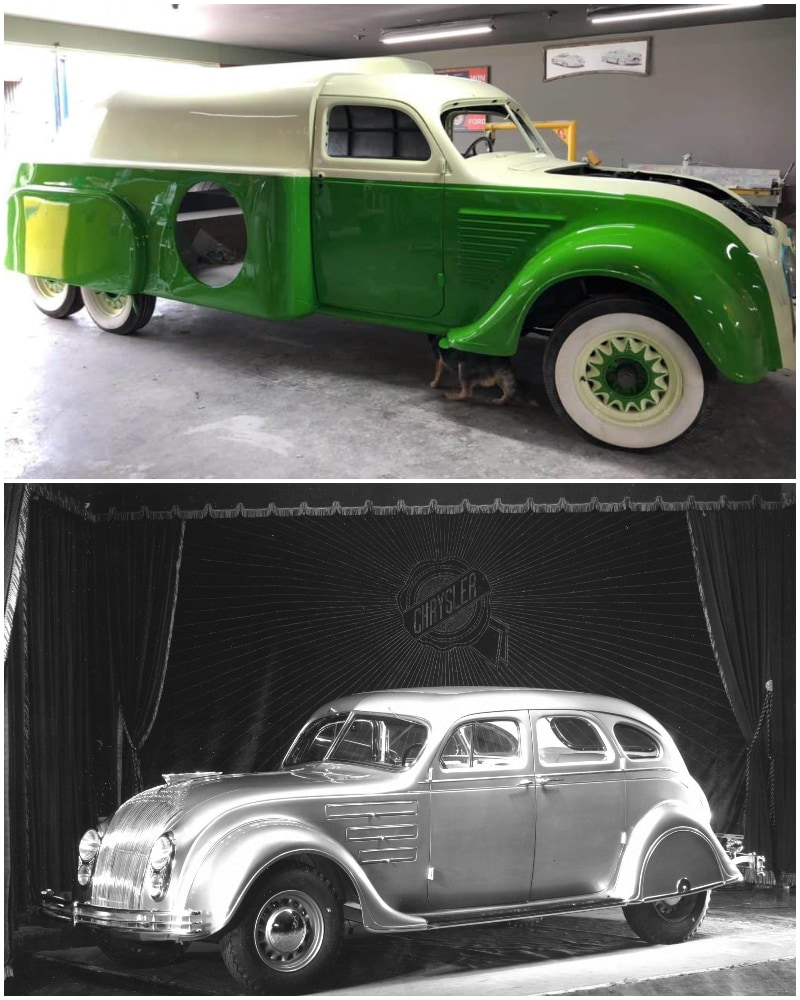
The Desoto Airflow was produced along with a sibling Chrysler model as an innovative car that would have probably sold much better had it been introduced 20 years later. It had 50-50 front-rear wheel weight distribution, an aerodynamic singlet-style fuselage, and was light. Although cheap, it was too ahead of its time because the new design caused the engine to fall out in early models, giving it a bad name. Redesigns solved the problem, but it was unable to shake its bad reputation.
1981 DeLorean DMC-12
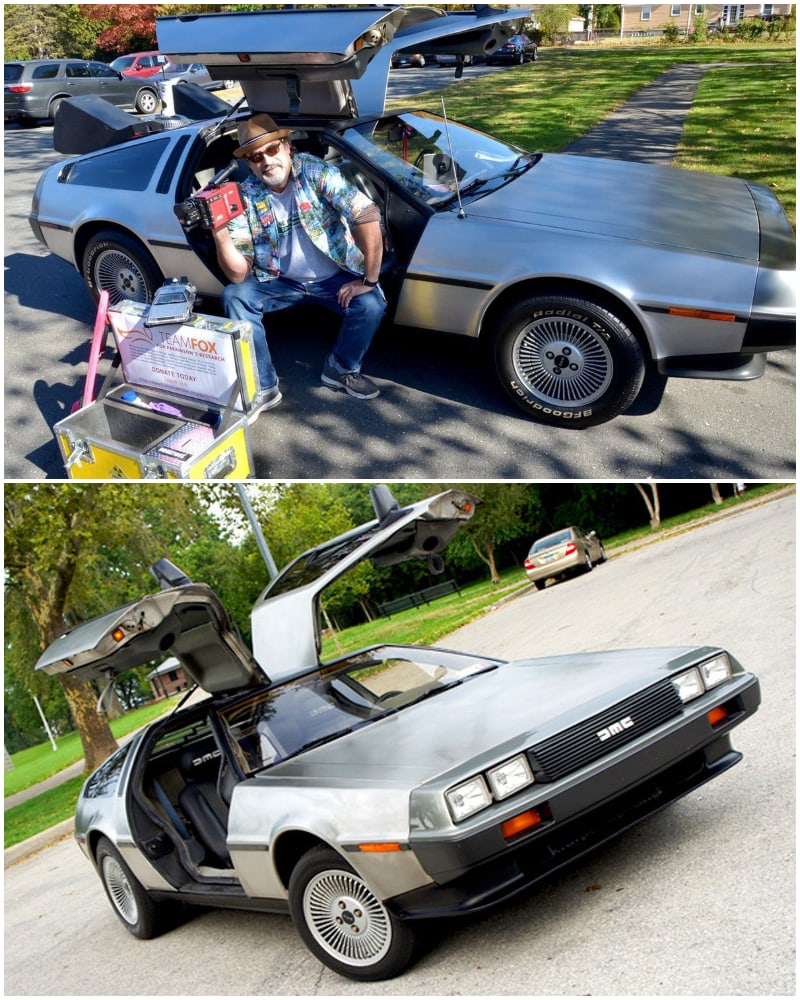
The DeLorean has been immortalized in the Back to the Future movies, but the truth is quite the opposite about the cool-looking car. Driving one in real life is quite a different experience than the one you expect from the movie. As awesome as it looks, the Delorean engine isn’t strong enough to hack the job of powering the heavy frame without a flux capacitor. In addition, the gullwing doors would malfunction. The car didn’t take off and the maker, John DeLorean, was hit with a money-laundering scandal and the company shut down.
The Michelin PLR
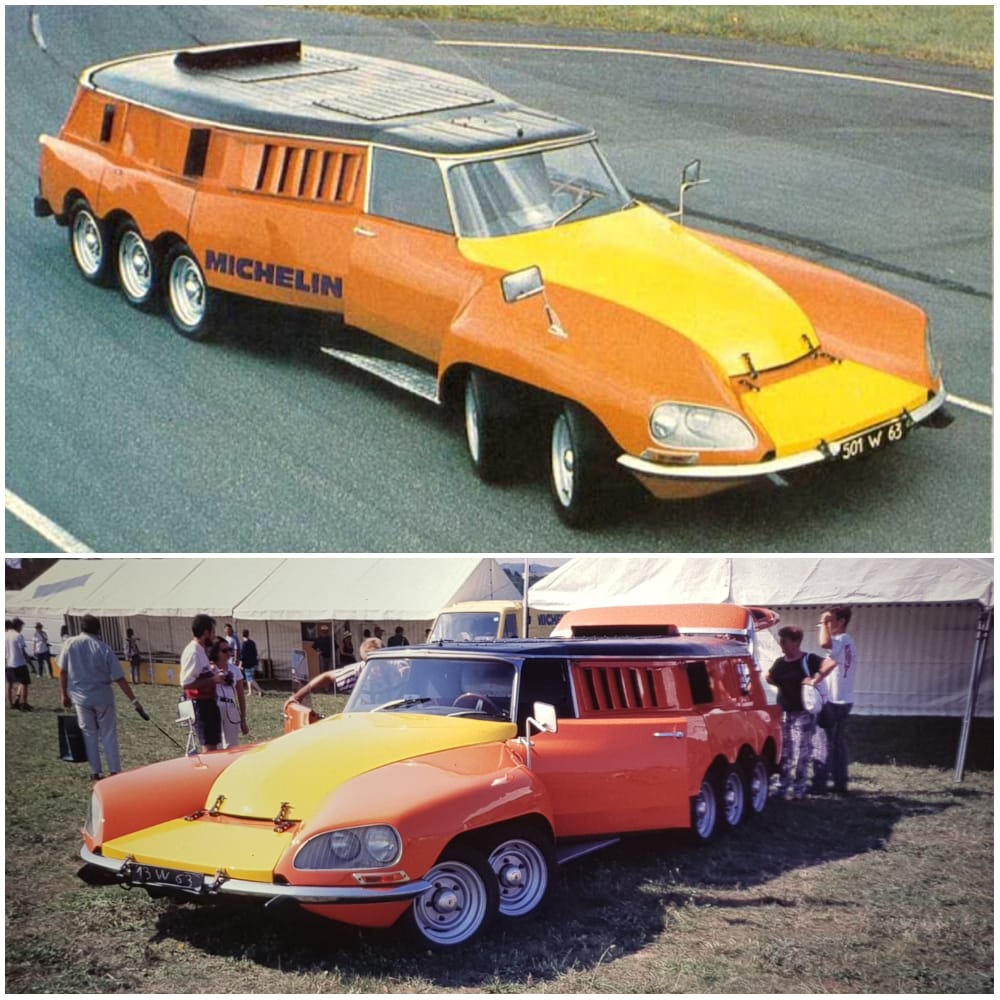
This car was built by Michelin, which at the time owned Citroën. You won’t see this car anywhere but France, where it is now used for various shows as a novelty. This 10-tire monstrosity is a bit of a Citroën Frankenstein, as it’s made of a who’s who of random parts on hand, mostly from the DS Safari. It weighs 10 tons, so it’s remarkable that the top speed is 111 miles per hour. That’s due in no small part to the two Chevrolet 5.7- liter V8s.
1958 Edsel Corsair
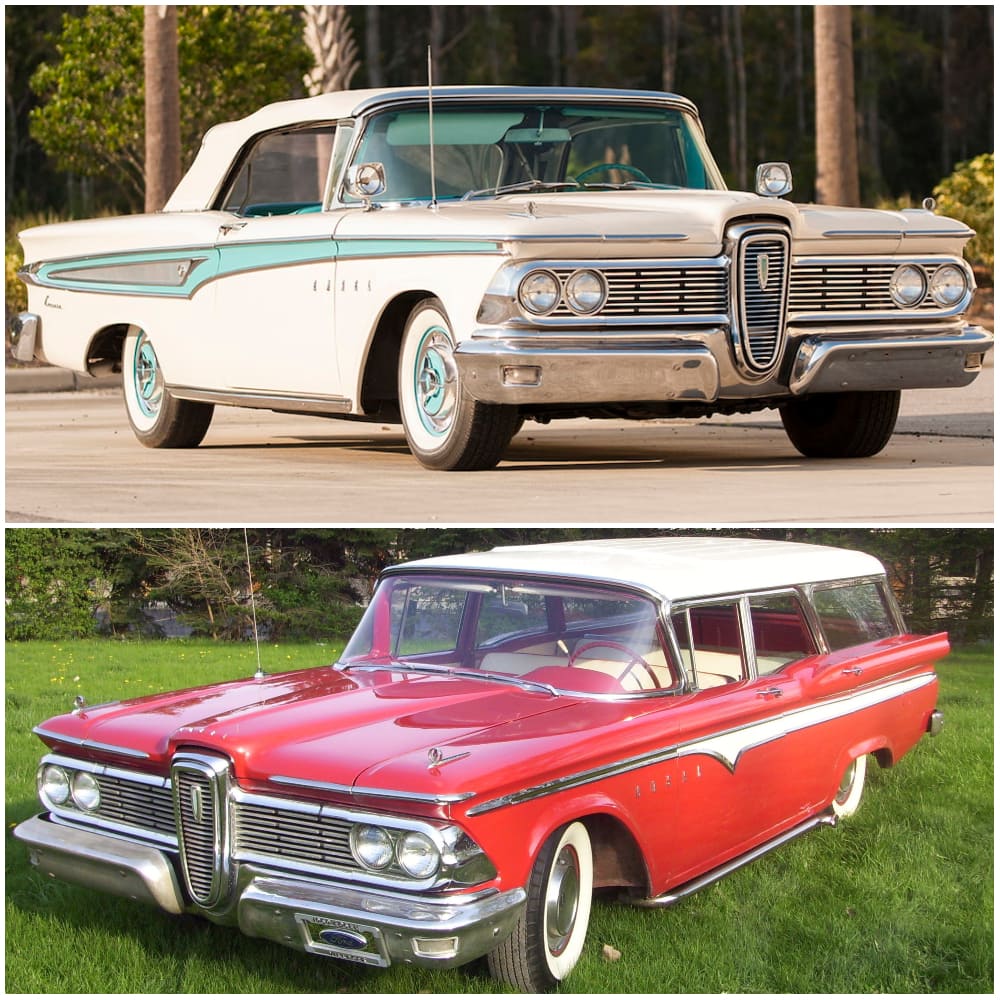
The Edsel Corsair was built by Ford back in 1958, and is another example of a vehicle whose performance didn’t match the hype. Edsel was supposed to help Ford compete with GM, but this example of late-’50s engineering severely underperformed. It was just another substandard sedan and less than 10,000 were sold in 1959. The following year, Ford ended Edsels and the word has become synonymous with failed car ventures.
1982 Cadillac Cimarron
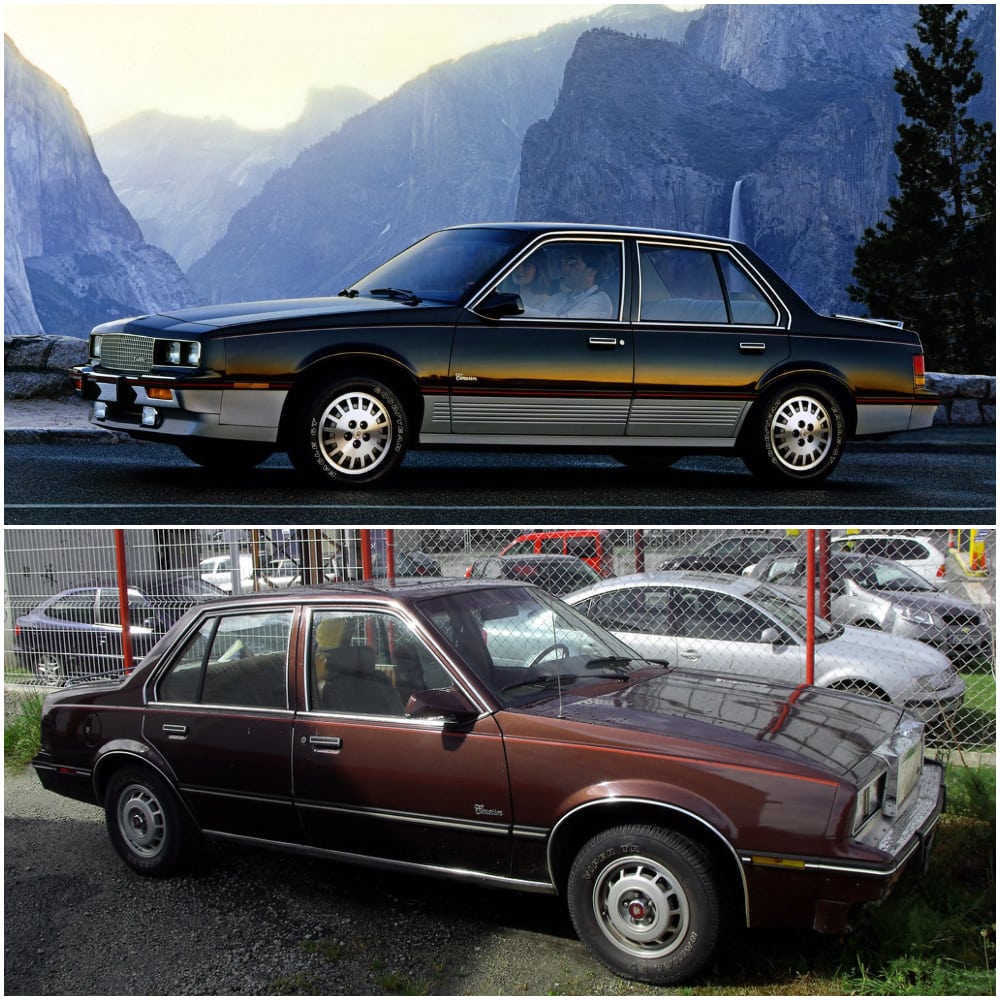
The Cimarron was GM’s attempt to introduce the massive Cadillacs to the smaller car range, yet it failed because the car was so bad. Unpopularly based on the GM J platform, it performed terribly and is one of Cadillac’s worst failures. In fact, the brand was almost discontinued because of how badly it failed. As Elliot puts it, the Cimarron “appealed neither to Cadillac’s loyal followers, who appreciated powerful V8s and Cadillac’s domestic luxury edge, nor to buyers who favored Europe’s luxury brands, whose cars out-handled and out-classed the Cimarron in every way.”
Waterman Arrowbile
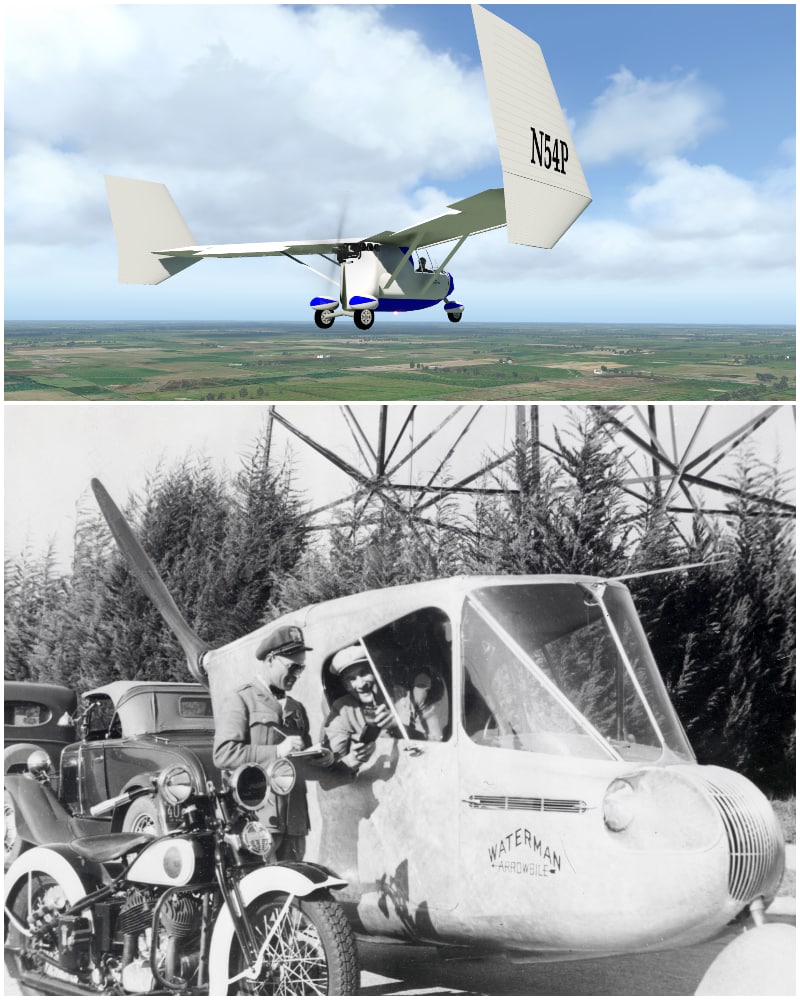
The Waterman Arrowbile landed on this list because of its road capabilities, as it’s the first of its kind. You could fly the plane-car hybrid around in the air and also drive on the roads. All you needed to do was detach the wings. Studebaker executives ordered five, anticipating heavy demand. In the end, though, there was much less demand than the company thought such a novelty would produce. Only five of these were ever built. It was a nice idea, but proof that not every concept is worth making for the market.
1958 Zundapp Janus
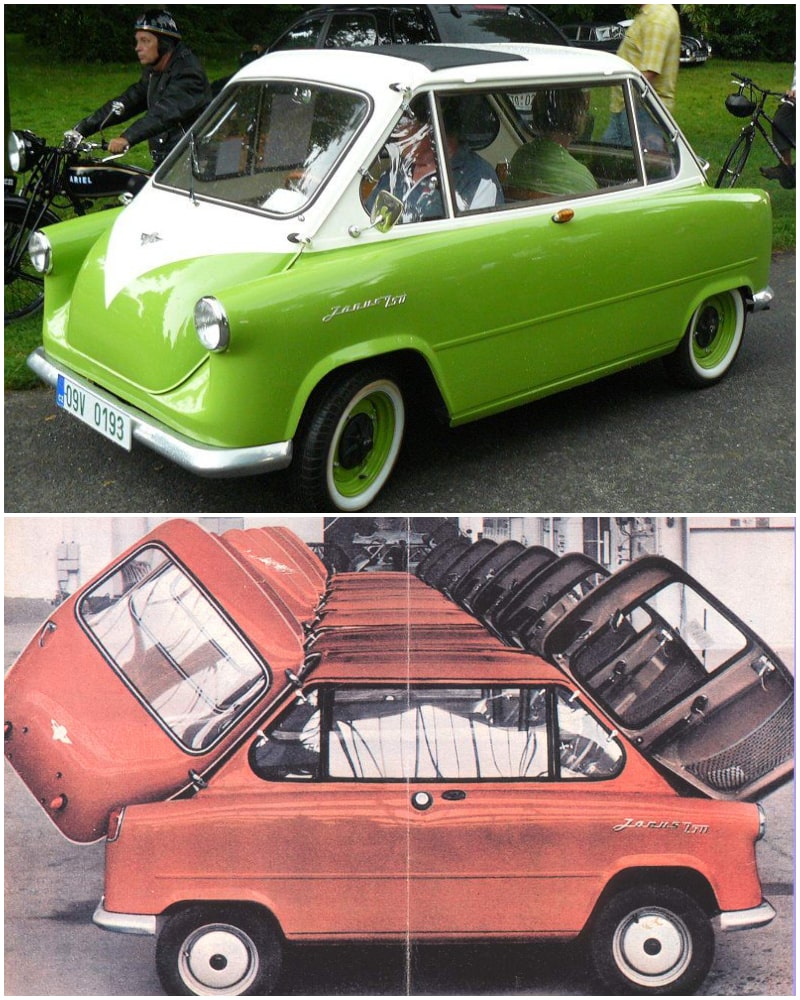
Zundapp Janus was a failed attempt by a decent motorcycle company at crossing over into cars, and for that reason remains the company’s only foray into that market. You can understand why it was named after the Roman god with two faces, one facing forward and the other facing back, because the car looked the same on both ends. You had a 50-50 chance of guessing which direction a parked Janus was pointing from the outside. It had a rear door and front door as well but these features didn’t help it sell.
Amphicar
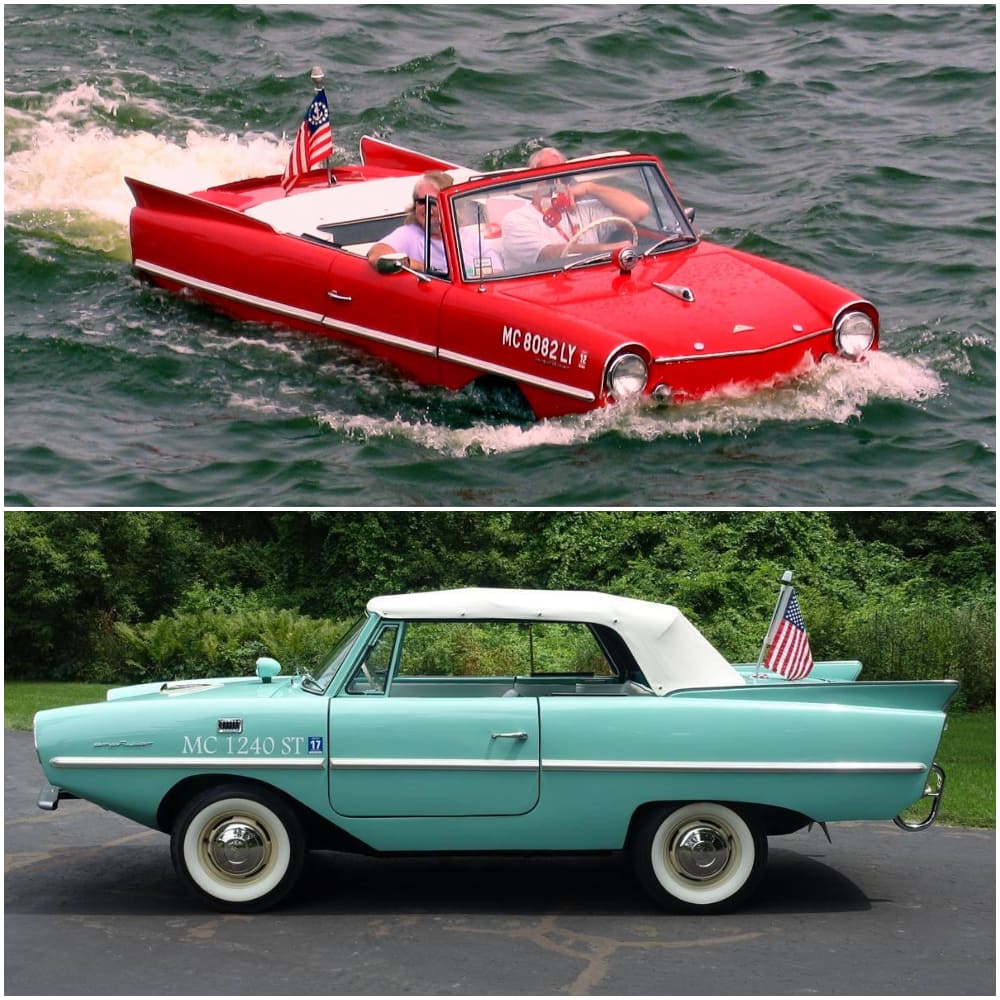
The Amphicar had a lot going for it, seeing as it could be driven into the water. After that, it needed to be greased in over a dozen points, one of them requiring the driver to detach his seat. Most of these were sold in the U.S., but these cars aren’t good for much more than their novelty — the front wheels maneuver both on ground and water. “We like to think of it as the fastest car on the water and fastest boat on the road,” said one owner.
1947 Davis D-2 Divan
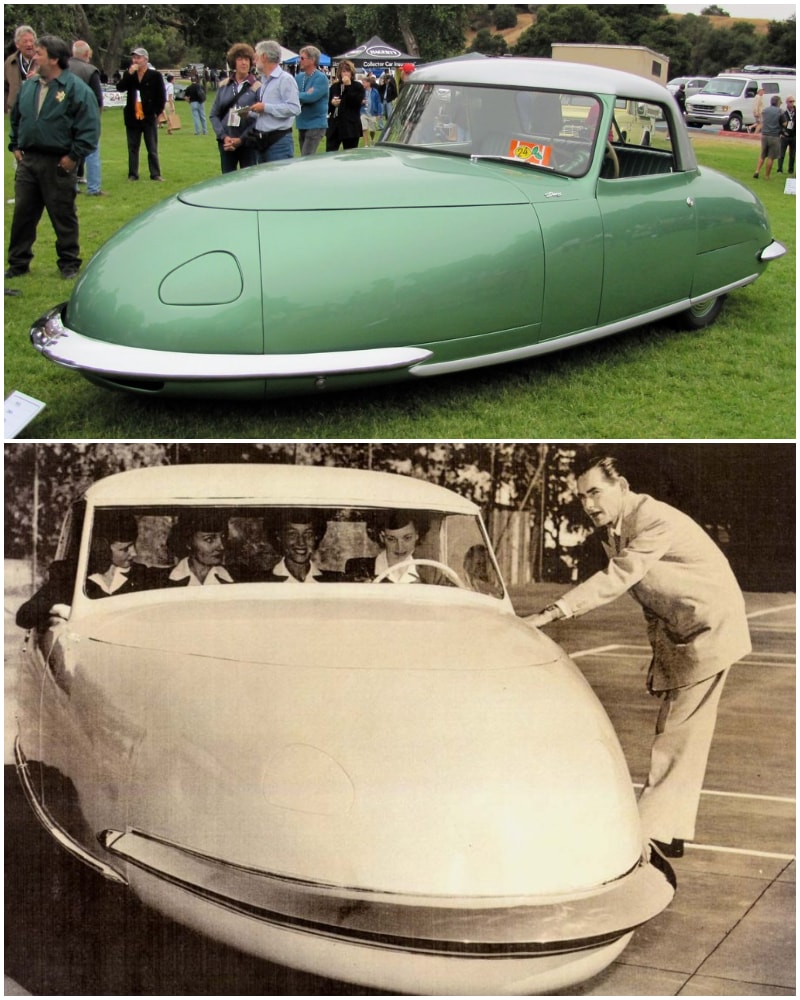
The Davis D-2 Divan is an example of a failed three-wheeler, none of which ever caught on in America. In the 1940s, the Davis Motor Company marketed these cars extremely heavily and it was expected to be seen everywhere on the roads. The only thing was the owner of the company overestimated how well the car would perform and the cost, angering dealerships and investors alike. The company tanked and only 12 of these cars survive today. Although they’re not very good, this rare car might actually go for six figures today.
Lotus Elite
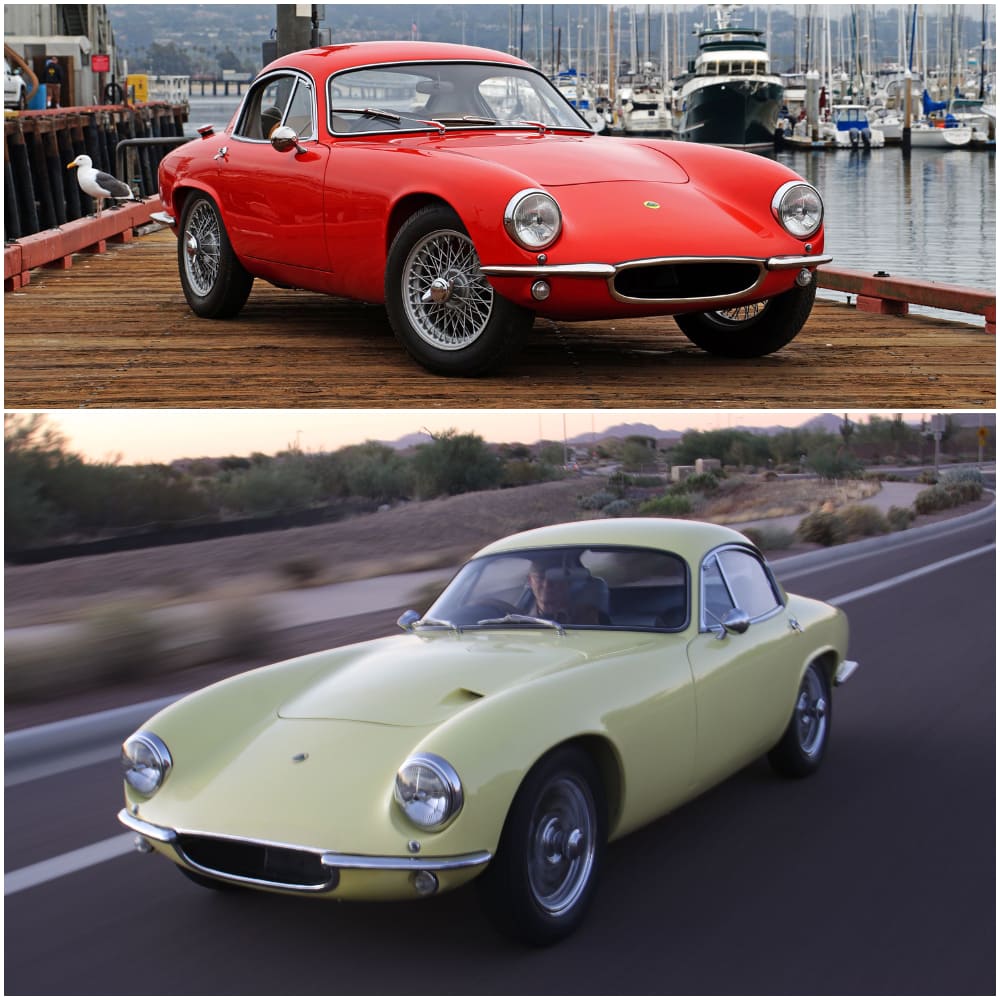
Lotus is a British car company that’s mostly known for racing cars and sports cars, so when they ventured into making cars for everyday consumers the company had a terrible time making it affordable for customers. Even though it was the most expensive four-cylinder on the market, the company reportedly lost a hundred pounds per model by slashing the price. That’s over $2,000 in today’s money, adjusted for inflation! Performance-wise, this was a sports car, so it’s no wonder they only built just over a thousand of these from 1958 to 1963.
1975 AMC Pacer
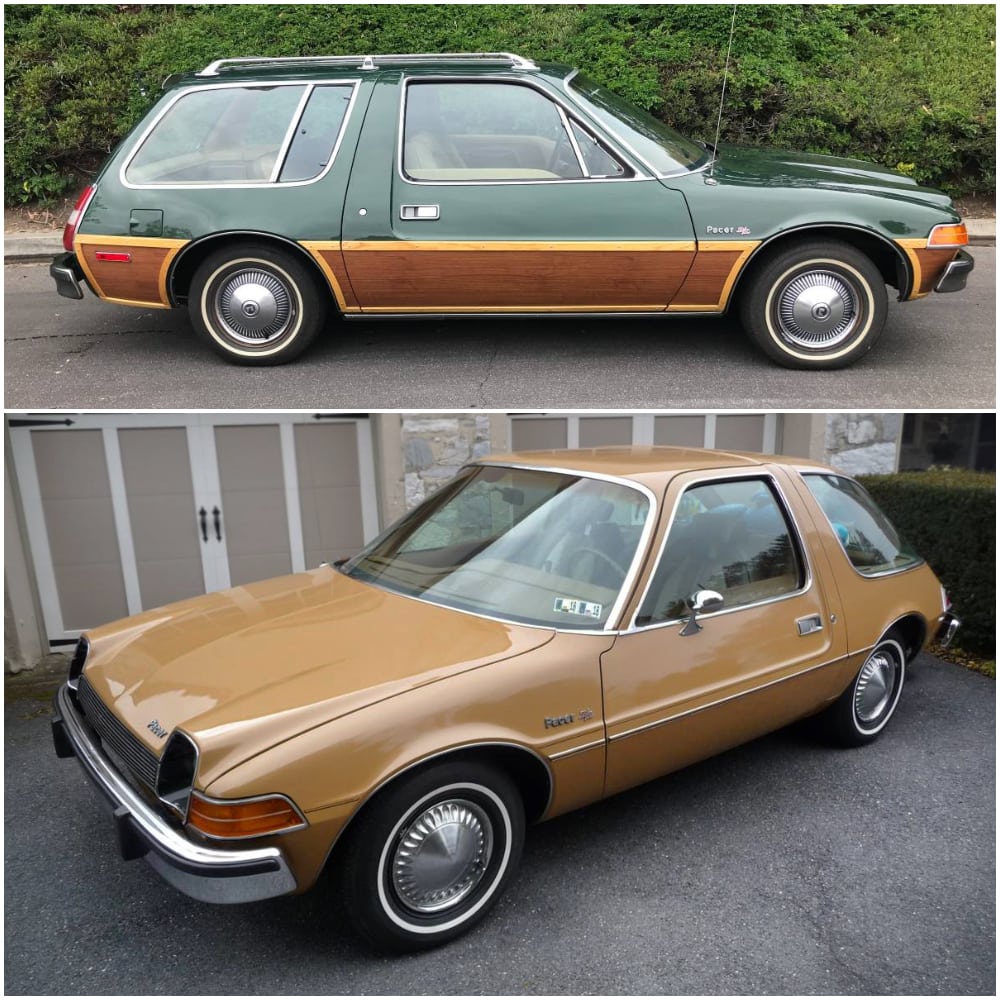
The AMC Pacer was supposed to be the future, but the two-door compact was a failure. It had great fuel economy, sure, yet that was its strongest selling point because it would lose control during hard stops and turns. It was hailed in the beginning for its small size in a time when the cars coming out of Detroit were massive, but soon better compact cars appeared on the market and replaced the Pacer. Sales dropped and AMC went out of business.
MGA Twin-Cam
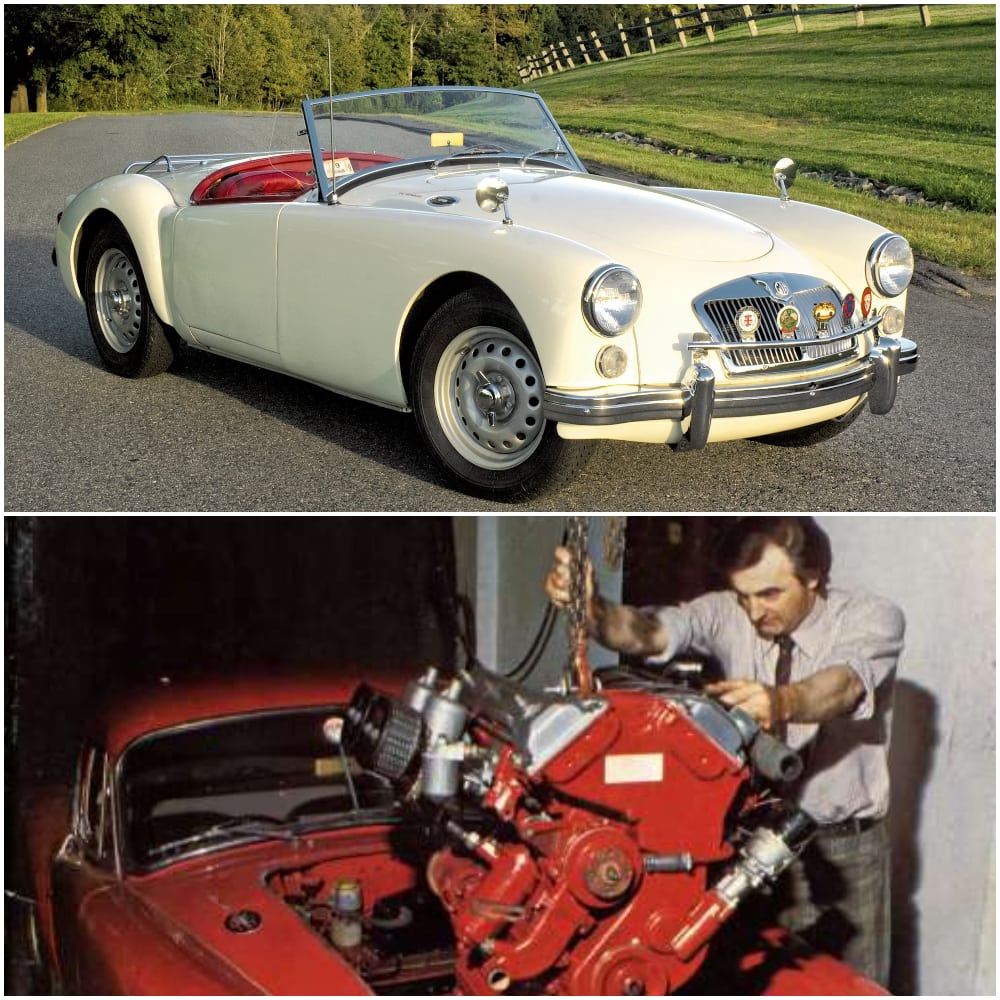
The MGA Twin Cam was a high-performance car made from 1958 to 1960. It was really fast for its day, hitting 113 miles per hour. Despite this, it had so many warranty issues that pointed to serious design flaws. The engine would burn oil and even detonate because holes would form in the pistons, although there hasn’t been a reason cited for such a dangerous problem developing in the motor. After producing a bit over 2,000 of these, production ended.
1998 Fiat Multipla
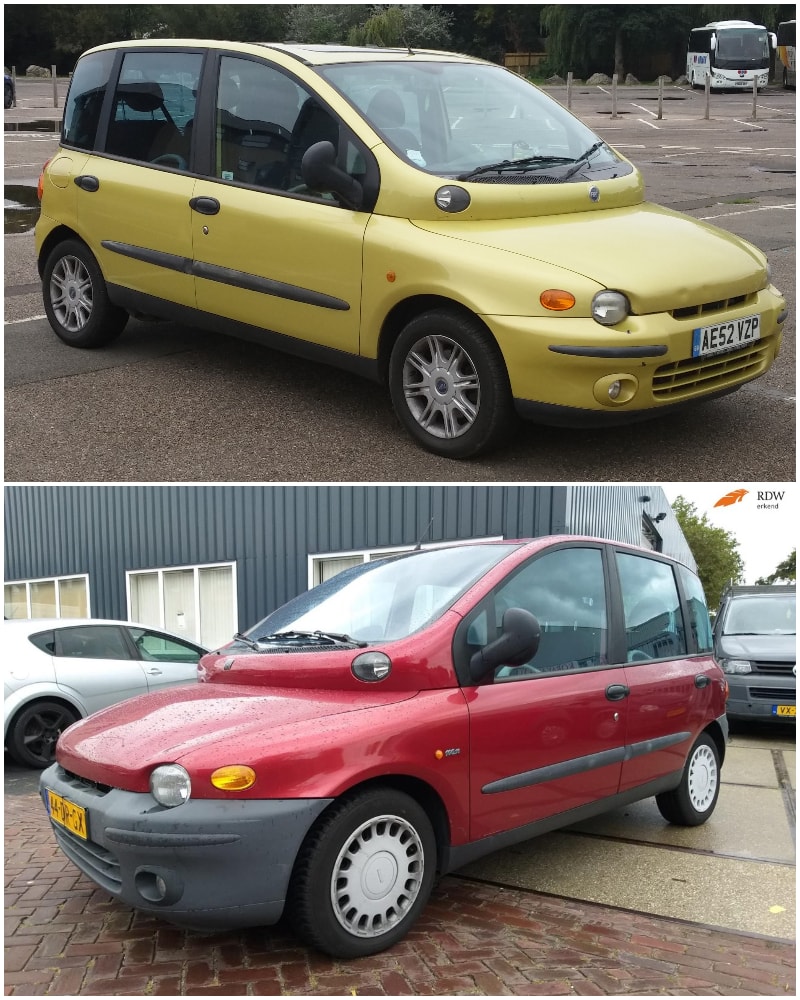
The Fiat Multipla has been used for several different vans and minibuses produced by the company over the years, but Americans will think of the 1998 import. Instead of being a hit on the roads like the other models that used this name, the Multipla was a laughing stock in the U.S. It was just plain ugly and looked more like a portable Martian greenhouse than the vehicle of choice for soccer moms. The interior is actually quite well-thought-out, but who would want to enter such a bizarre-looking automobile?
Chevrolet Corvair
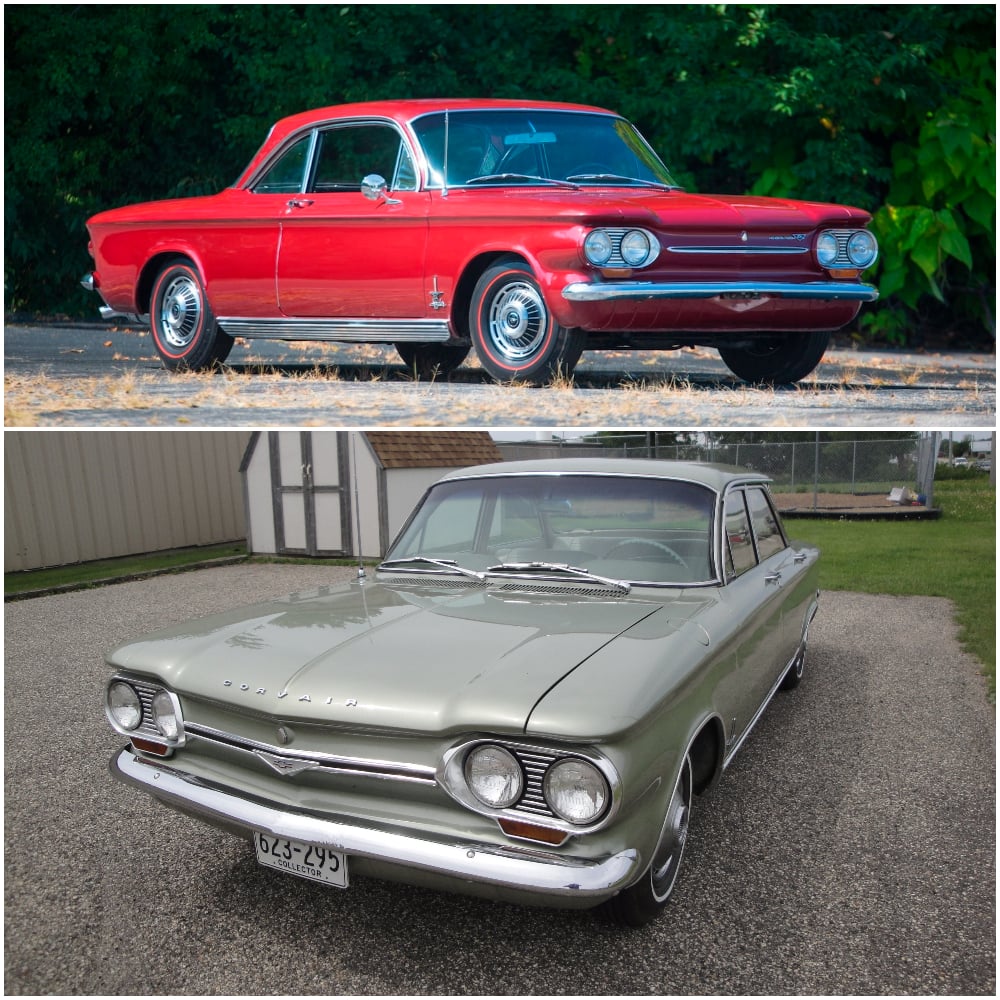
The Chevrolet Corvair, named so for being in between the Corvette and Bel Air, was produced for the entire decade of the 1960s. In the middle of that decade, Ralph Nader’s Unsafe at Any Speed book became a hit. The Corvair wasn’t spared Nader’s crosshairs, and it was called a “one-car accident” for design flaws that made it a dangerous car to drive. This caused sales to plummet in 1966, and GM decided to concentrate on the Camaro. The company even went after Nader to get back at him, but the damage was done.
Chrysler PT Cruiser Convertible
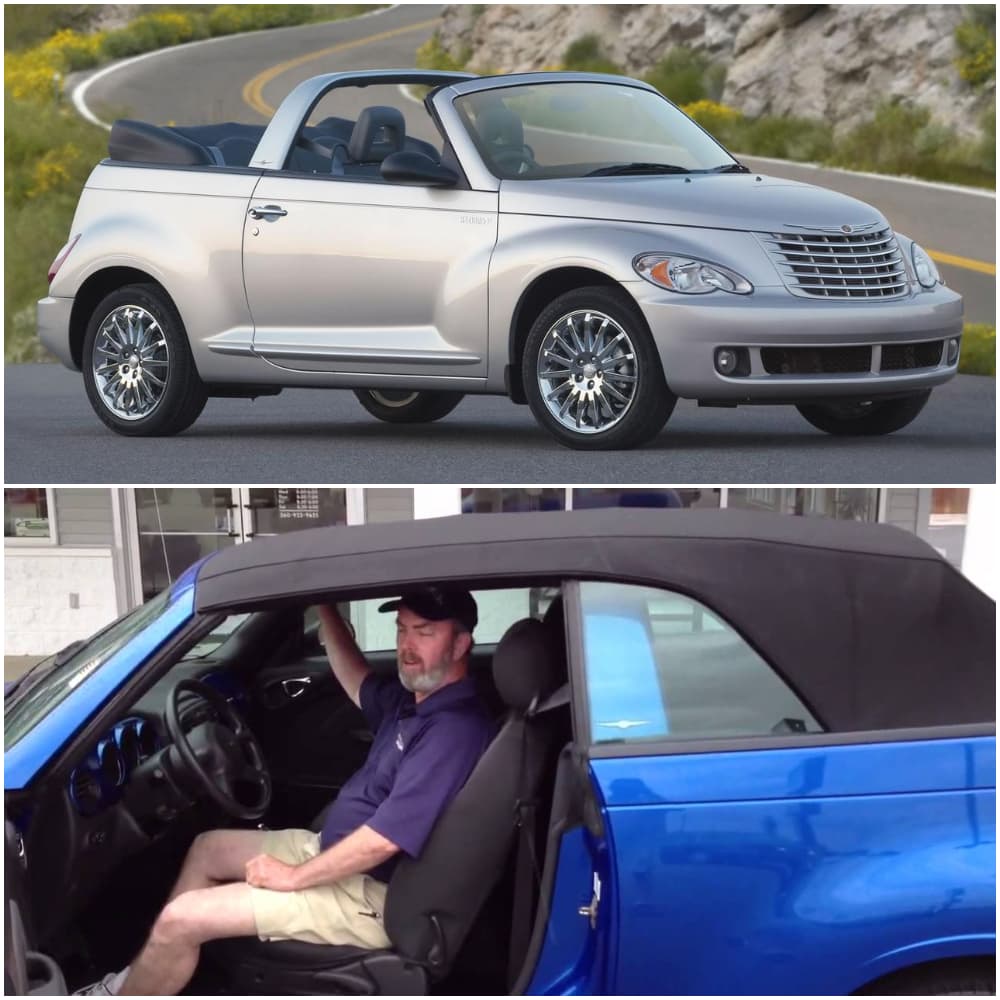
The PT Cruiser was imagined as some sort of hot rod redux in a modern car, harkening back to the glory days of Chrysler’s old muscle cars. But that’s not what happened at all. The PT Cruiser has the soul of a minivan and is classified as a truck for fuel emissions, although it’s a normal car in all other specs. When they made the Cruiser into a convertible, though, it just got worse. Cruisers do have their faithful followers, and they will probably be appreciated in years to come because of their bizarre cult following.
Peel Trident
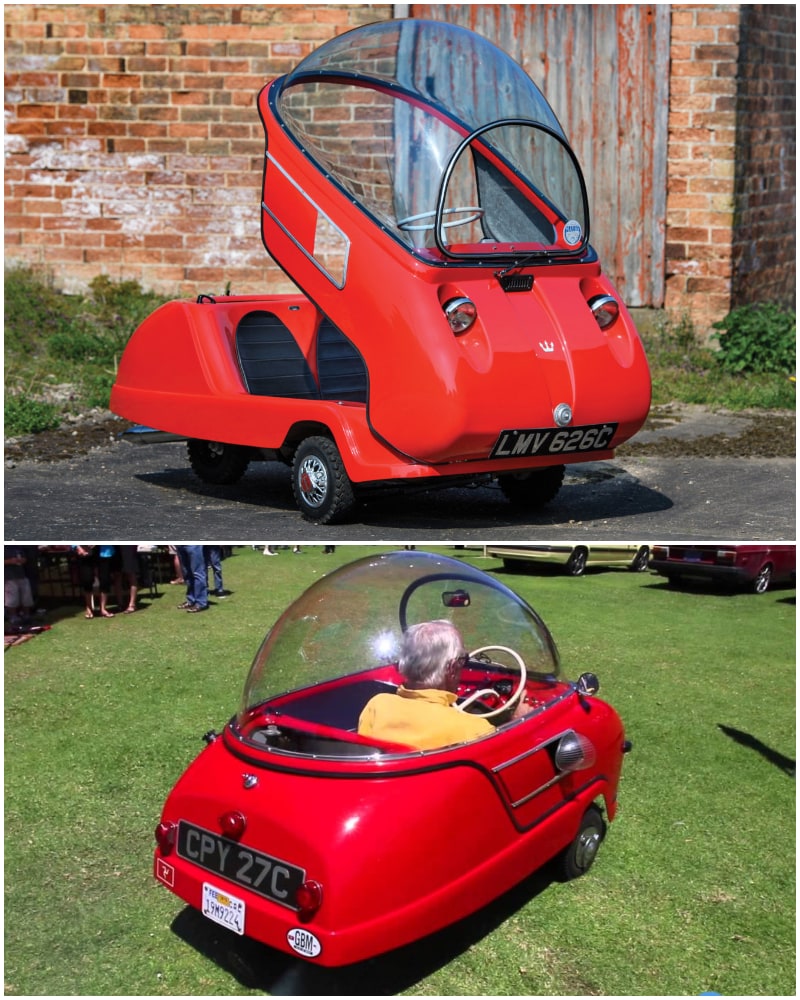
The Peel Trident is a funny-looking thing that makes you stop and look for a few seconds. If you see one in real life, you can tell your friends that this is still one of the smallest cars ever built. It’s got three wheels, as four wouldn’t fit anyway, two of them in the front, and a ridiculous bubble for a windshield. Drivers apparently roasted alive on hot days because this peculiar design created a sort of greenhouse effect in the cabin.
Renault Dauphine
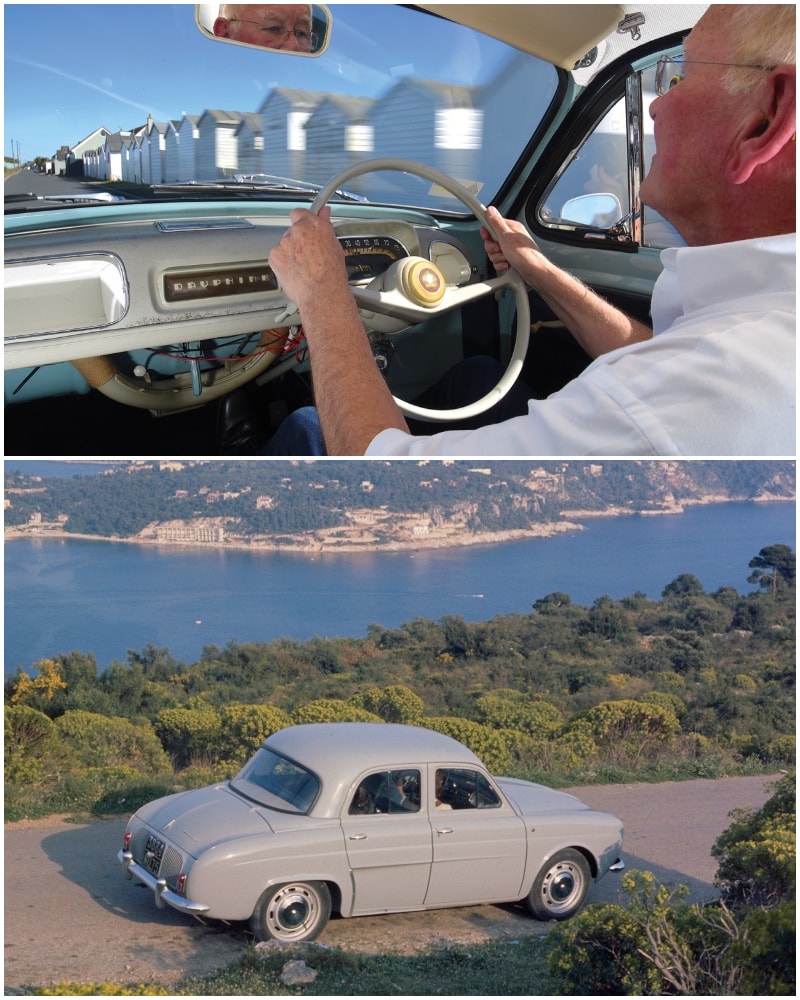
There’s a reason why French car manufacturers abandoned the U.S. long ago, and the Renault Dauphine is exactly the sort of engineering failure that gives the country such a bad name. It would shake and the engine was weak. In addition, it was extremely unsafe. That being said, it was an instant hit when it was released because of the low cost and nimbleness, despite having terrible acceleration and a two-tone horn. Soon enough, drivers also realized it rusted extremely fast and sales plummeted.
AMC Gremlin
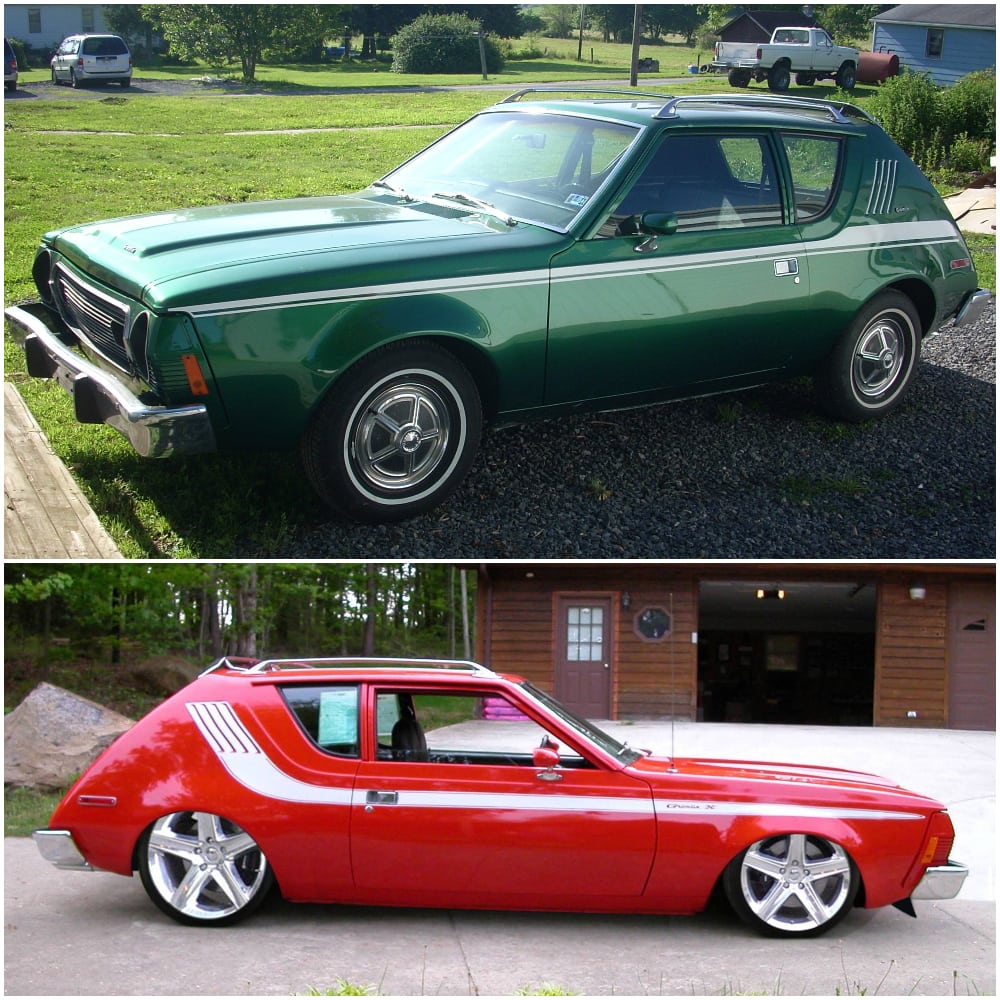
The AMC Gremlin was faster than the other compact cars of its age, but that doesn’t really help unless you’re drag racing with another compact. Either the front is too long or the end is too short — either way, this was a terrible car to try to handle. The wipers were vacuum-powered, which gives you an idea of the shortages in this vehicle. That being said, it had personality and is now a collector’s item. Indeed, it has far better gas mileage than other cars of the muscle era.
Original Smart Fortwo
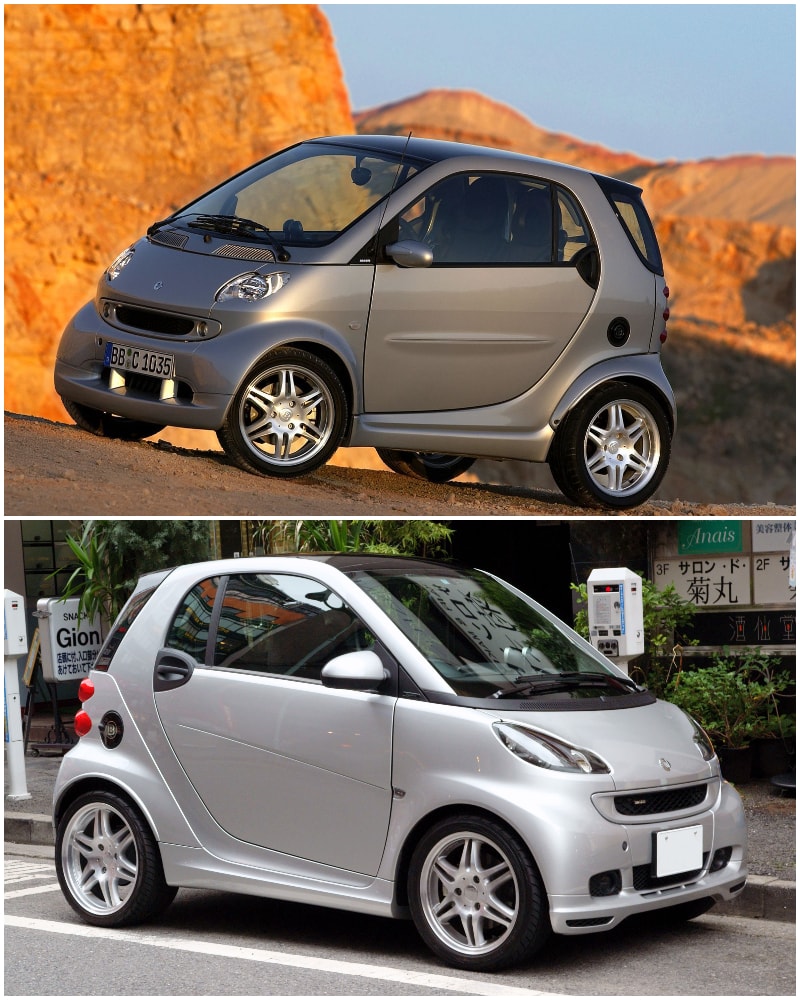
Daimler, the company responsible for rolling out all the superb Mercedes-Benz in the world, doesn’t usually mess up. When Smart Cars came out with the Fortwo, it was assumed that they had done it again — but not so. Everything from the engineering to the construction was shoddy. It gets hot fast because the cooling system is in the front while the engine is in the back. This bakes the cabin in the summer, which is just the beginning of the issues. The first Fortwos almost killed Smart.
Triumph Stag
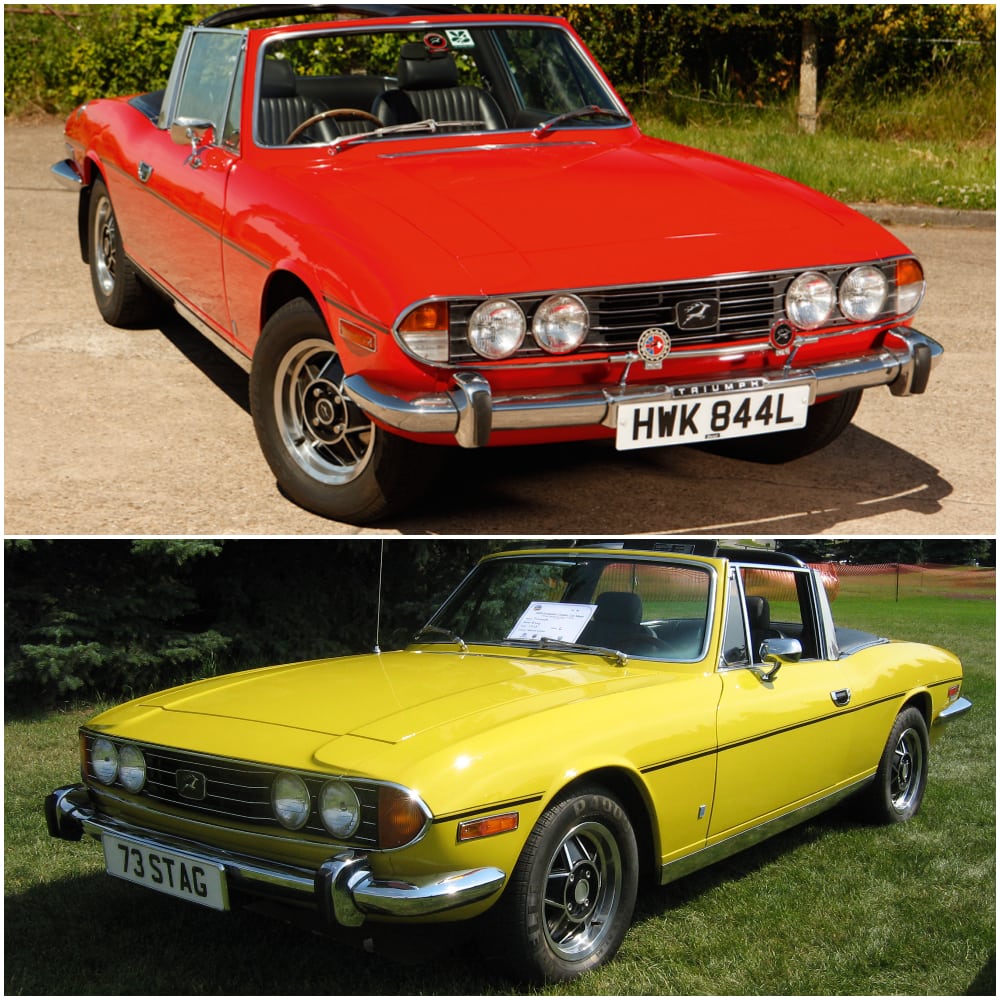
Triumph Stag was like other British cars of the ’70s in that it’s sleek design didn’t save bad engineering. It was fine to drive when it worked, but it could be absolutely dangerous. The 3.0-liter V8 engine in the Stag was another engine that would explode from overheating. To fix this, a cooling system was installed that would boil over itself if the temperature got too hot. It’s no wonder the parent company, British Leyland, was partially nationalized to prevent its collapse.
Chrysler Imperial LeBaron Two-Door Hardtop
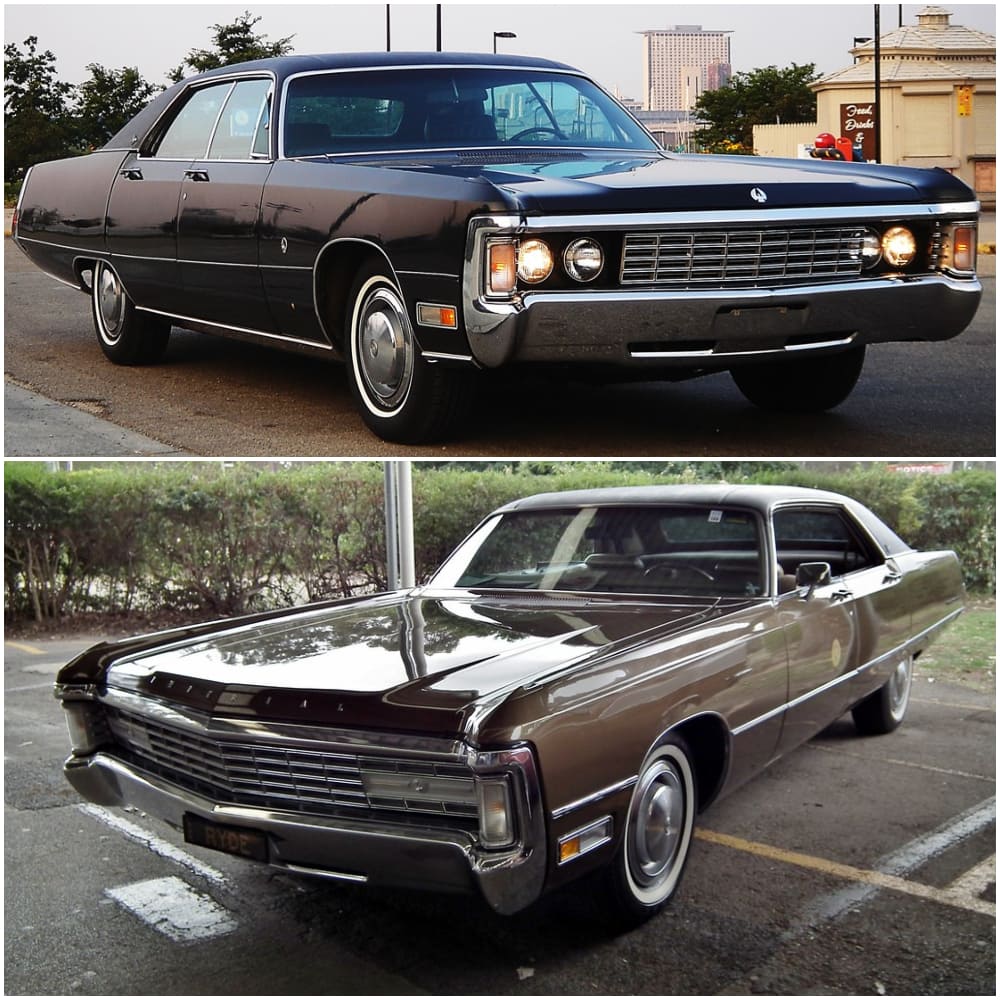
The Imperial was once a respected car, but by the end of the ’60s, it wasn’t very highly regarded. When 1971 rolled around, the LeBaron was the only one still around. By that time, it looked trashy, even back then, and has the distinction of having one of the longest fenders in two-door history. The interior of the “luxury” vehicle was nothing to write home about and looked cheap. Production ended in 1975, although Chrysler tried to resurrect the model in 1980. That didn’t work because the engine was terrible.
Bricklin SV1
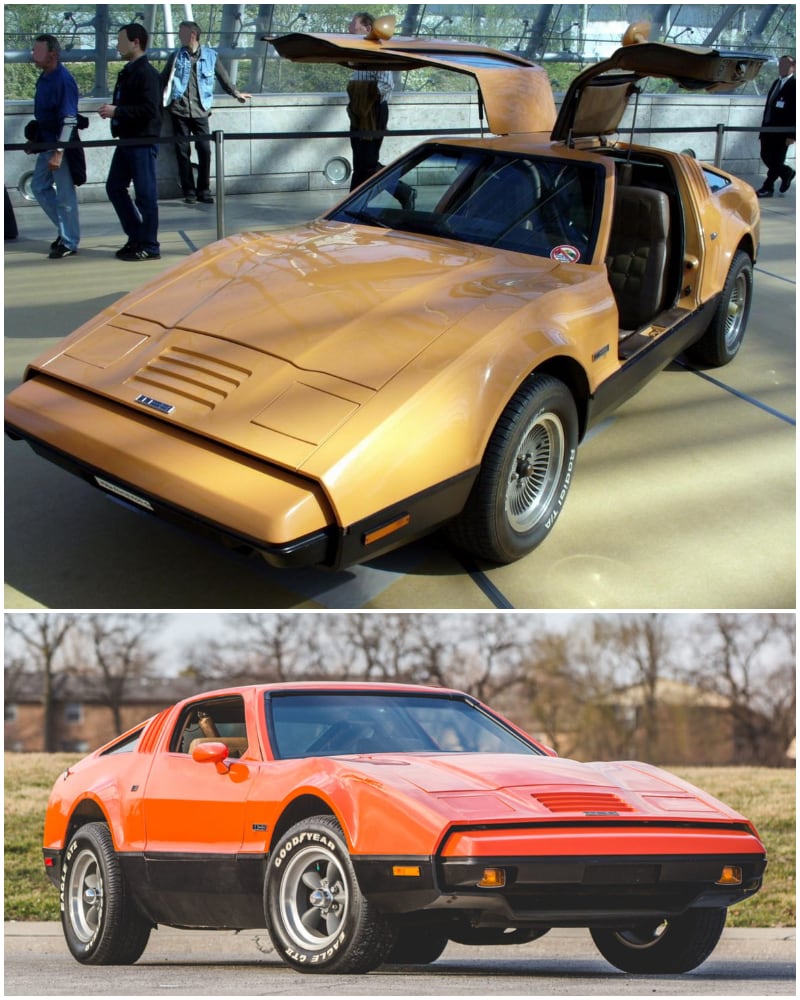
The Bricklin SV-1 is an abbreviation of Safety Vehicle One, but for a car so named it was bizarre that there was no provision for a spare tire. There were also very few options besides the five colors offered. The gullwing doors malfunctioned if it got too hot, which made this dangerous. The price doubled in two years as the costs of dealing with failures mounted. Only some 3,000 of these were made and about 2,000 survived.
Morgan Plus 8 Propane
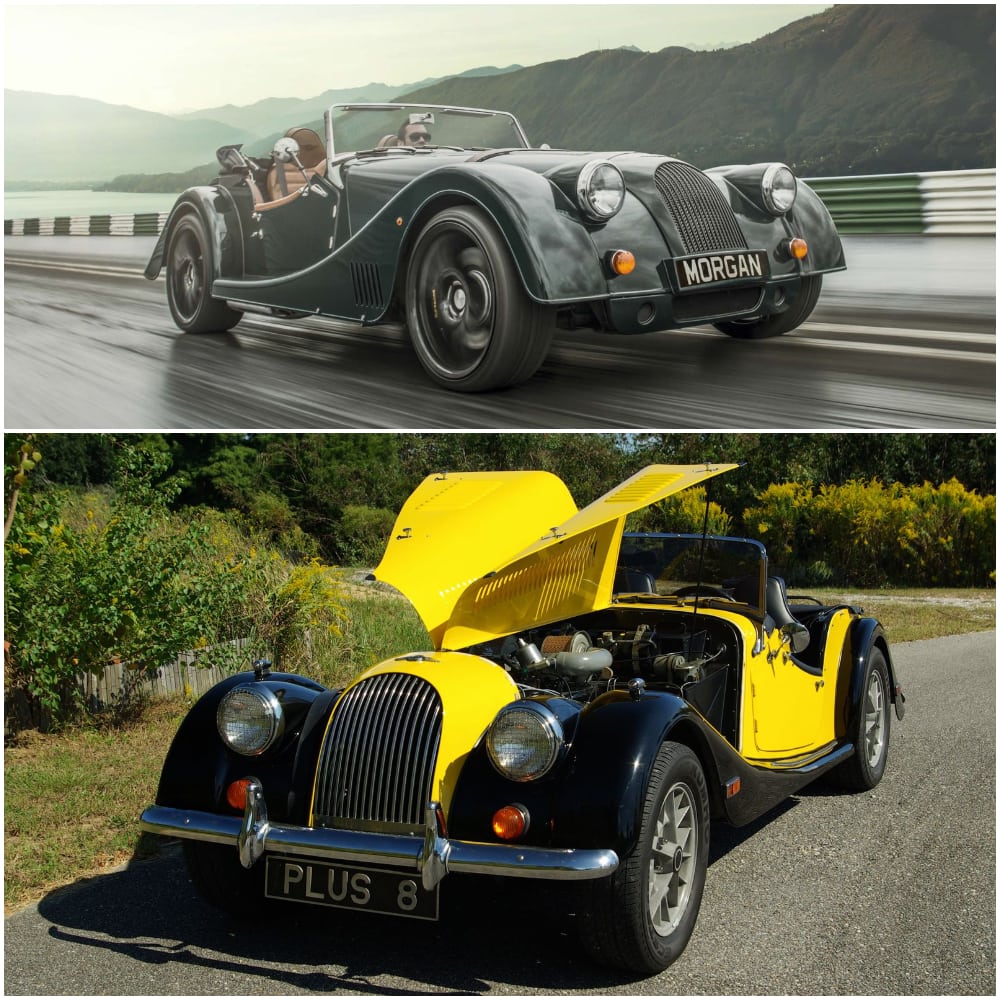
The Morgan Motor Company from the U.K. is really classy, making cars the same way they looked back in the 1930s. The Plus 8s saved the company, as they sold a lot of models. That being said, the company was slapped with a terrible reality — new emissions controls meant that the car couldn’t be sold in the United States. To circumvent this, they ran the car on propane and attached a highly flammable propane tank to the back, where it could easily burst into flame if the car was rear-ended.
Triumph TR7
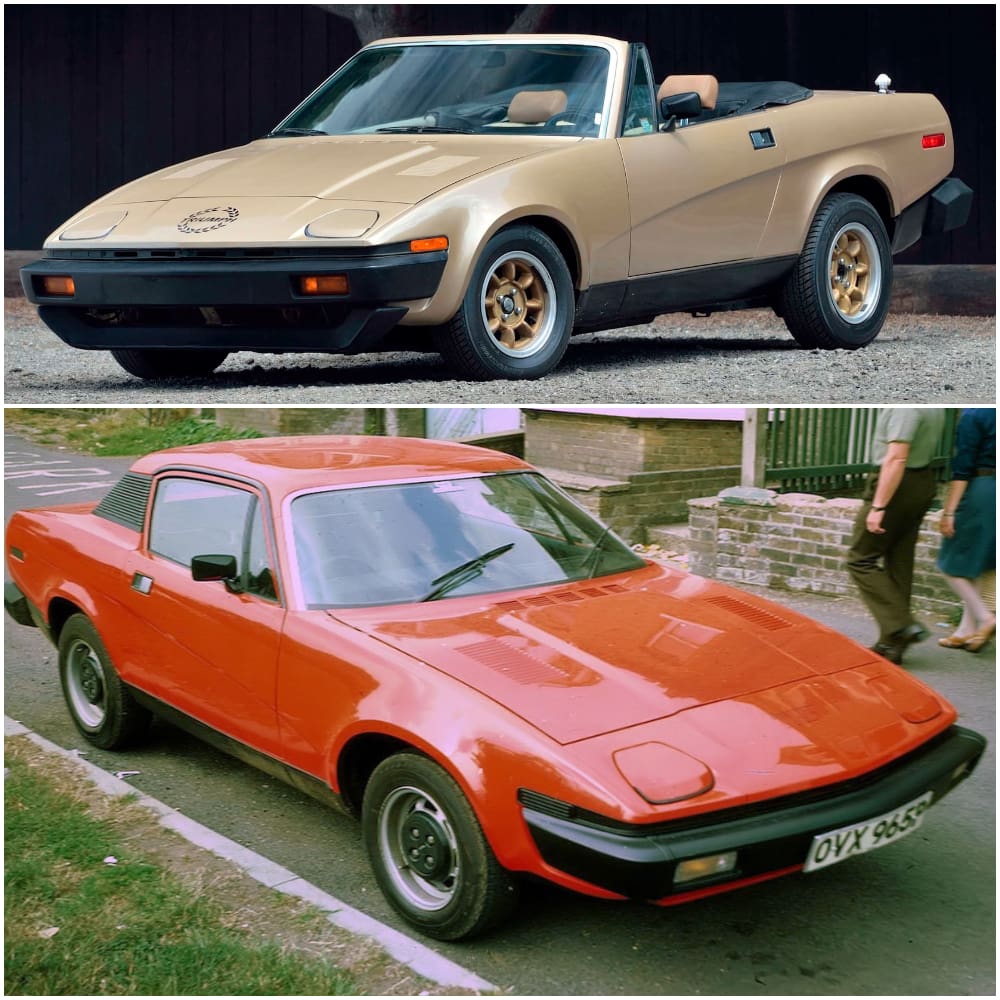
The Triumph TR7 and the rarer, V8-powered TR8 were some of the last models the company sold before going out of business. Although the demand in the U.S. delayed the U.K. release, which peculiarly came later, this car didn’t live up to its reputation as “the shape of things to come.” It was famously bad when it was in production and is still noted as one of the worst sports cars in history. The sunroof leaked, the concealable headlights would rise, and the problems only get more serious when you look at the shoddy electronics.
2003 Hummer H2
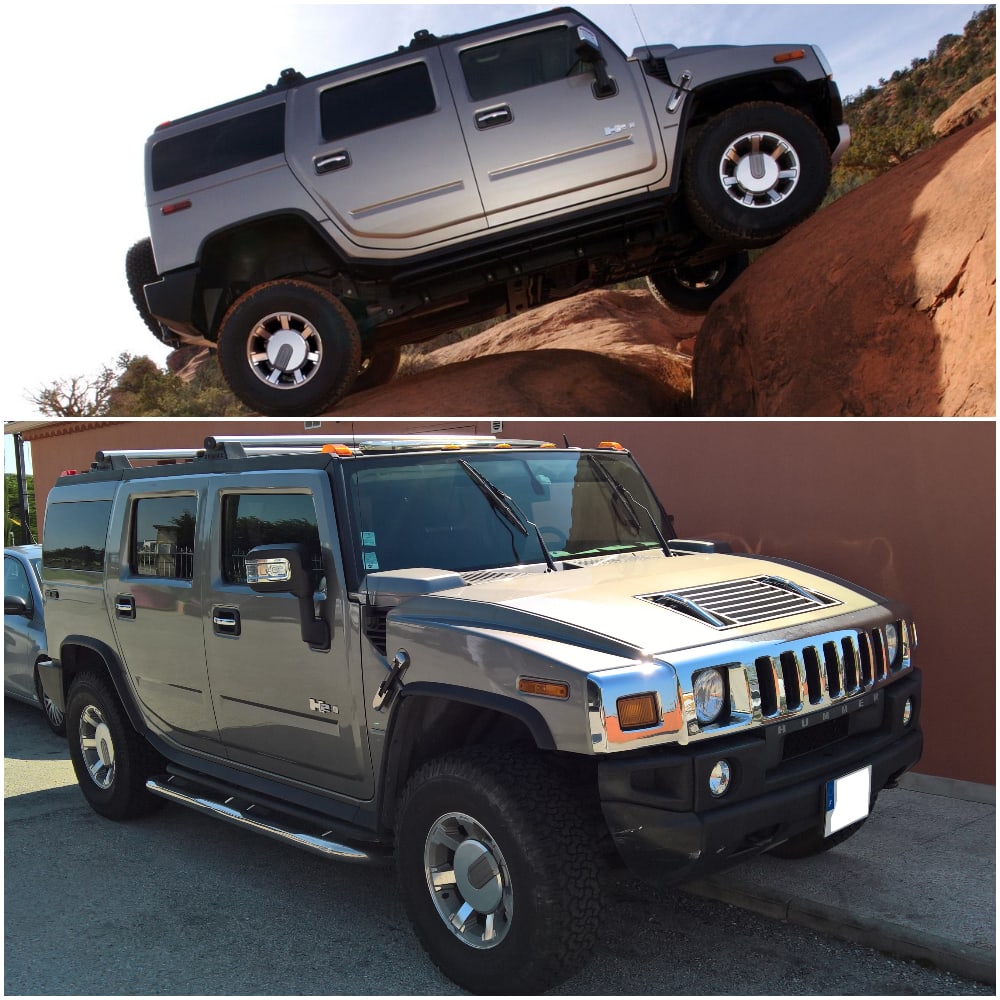
The Hummer H2 took the ethos of “bigger is better” and injected it with a healthy dose of Americana. The gas guzzler made 10 miles per gallon, which people quickly realized it wasn’t a smart purchase in a time of volatile oil prices. A bid to bank on the original H1 (that was used in combat), the H2 didn’t have nearly the same capabilities. Many of these sold in good years, but sales plummeted. One Hummer dealership was actually set on fire because of the bad fuel economy by radical environmentalists.
Chevrolet Chevette
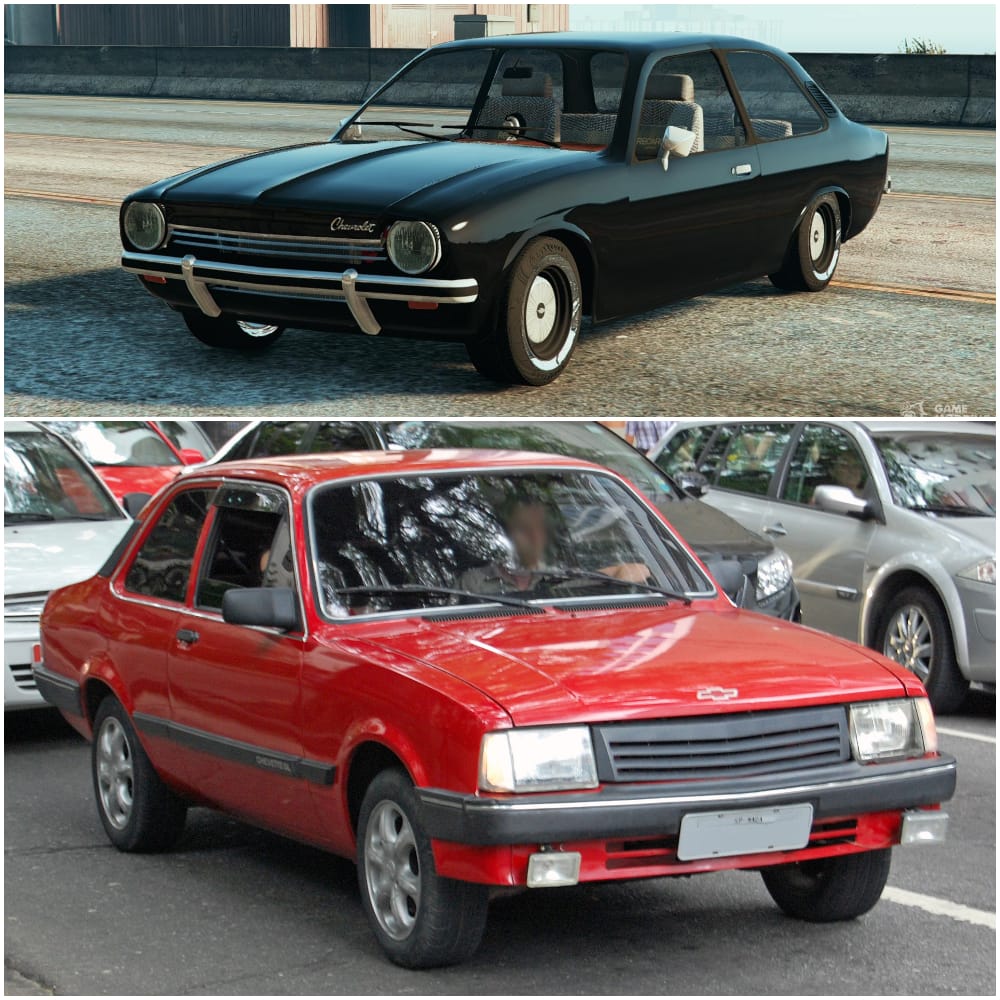
The Chevrolet Chevette hasn’t aged well at all. In 2011, the New York Times called it “haphazardly made, sparsely trimmed, and underpowered.” That doesn’t mean the cheap car wasn’t a hit though, with almost three million units sold over its 12-year run. All too often, cheap doesn’t mean good, and nowhere is that more evident than in the rickety Chevette. The weak engine was capable of producing just over 50 horsepower, which is annoyingly lacking even when you’re driving a lightweight car.
Ferrari Mondial 8
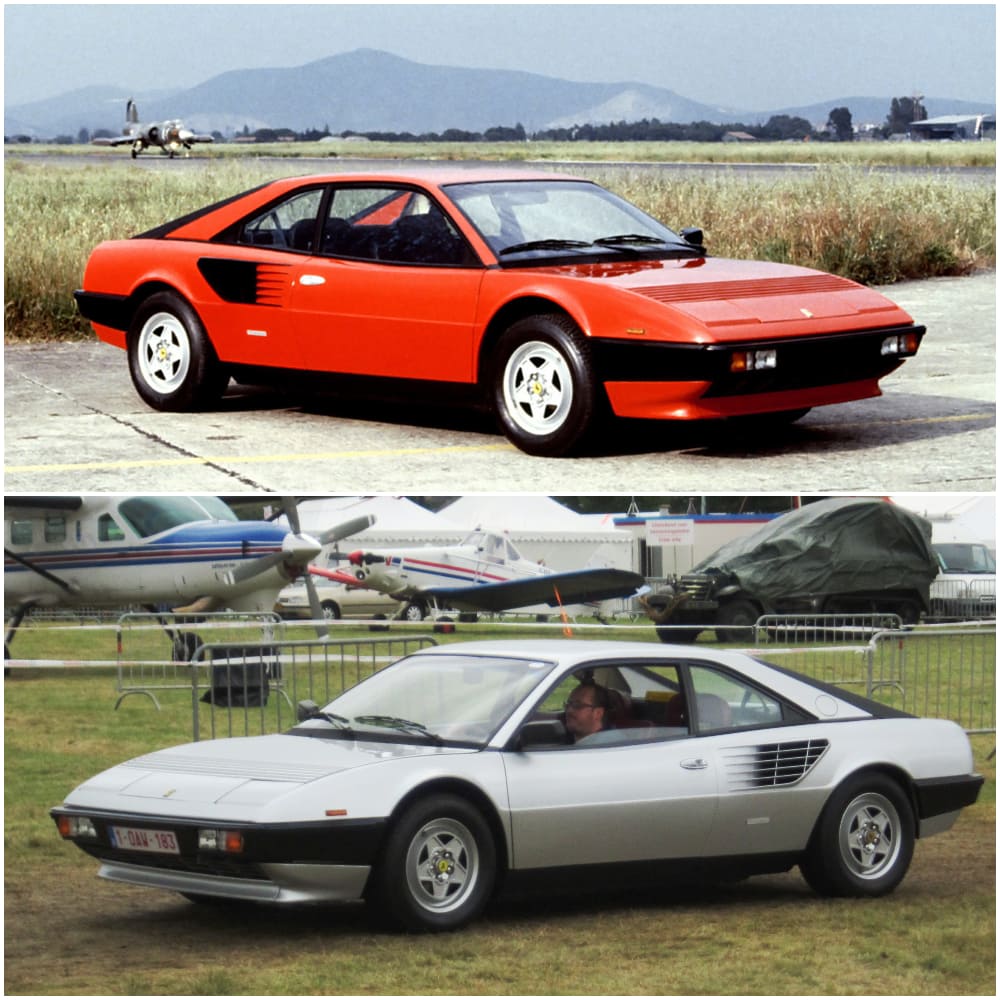
Ferrari’s name isn’t associated with bad cars, but it came out with the “cheap” Mondial 8 in 1980. It was large and heavy, but the V8 only produced 214 horsepower. So it underperformed for a Ferrari, yet the ambitious electronics system made this car all the worse. When something went wrong, and it often did, it often came with a smell of burning wires. Although Ferrari improved the Mondial, the electronic system failed without fail. Reportedly, every model built had a system failure at some point.
Cadillac Fleetwood
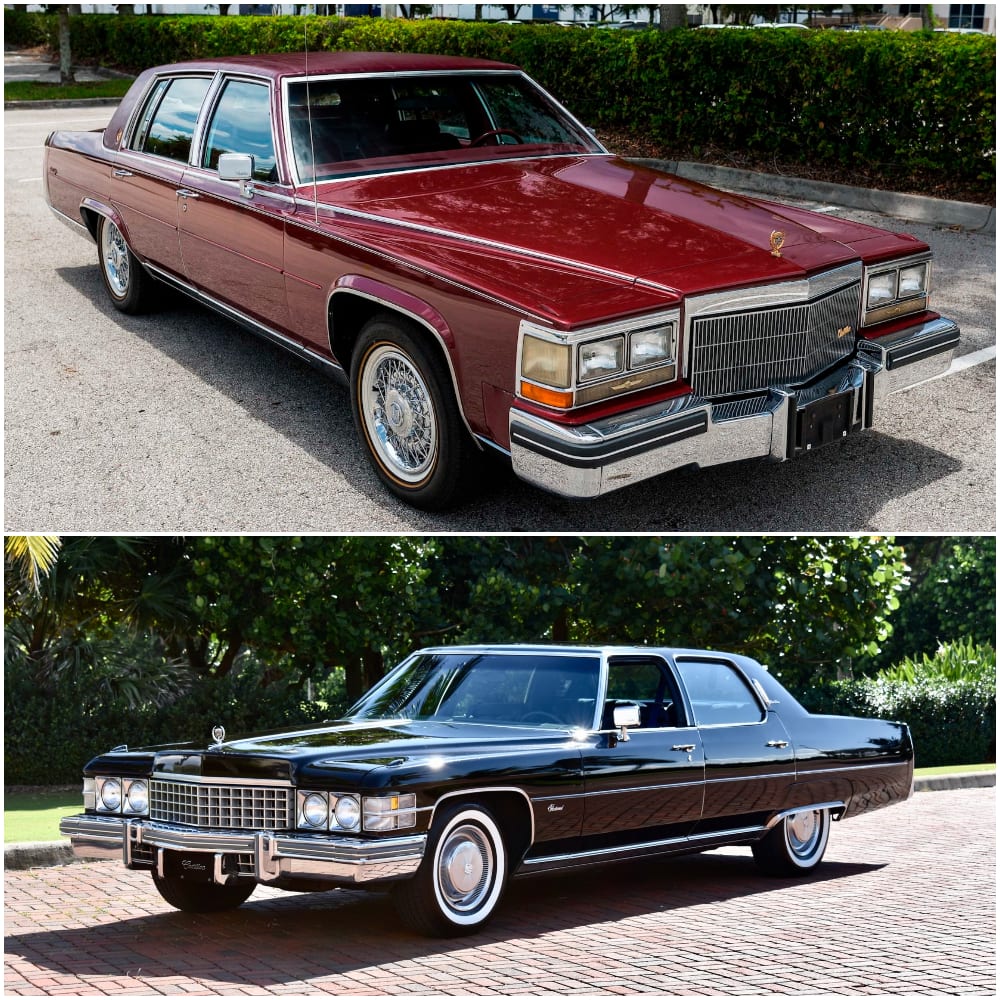
A lot of cars nowadays have variable displacement, or cylinder deactivation, as this saves fuel and the engine by not using unneeded cylinders when the car doesn’t need it. This technology wasn’t well-developed back when the Fleetwood introduced it, although you have to credit GM with trying to make it work. Made from 1976 to 1996, these cars had a slew of engine problems because of this feature. They jerked and made weird noises, which prompted many owners to go and shut off this system.
Maserati BiTurbo
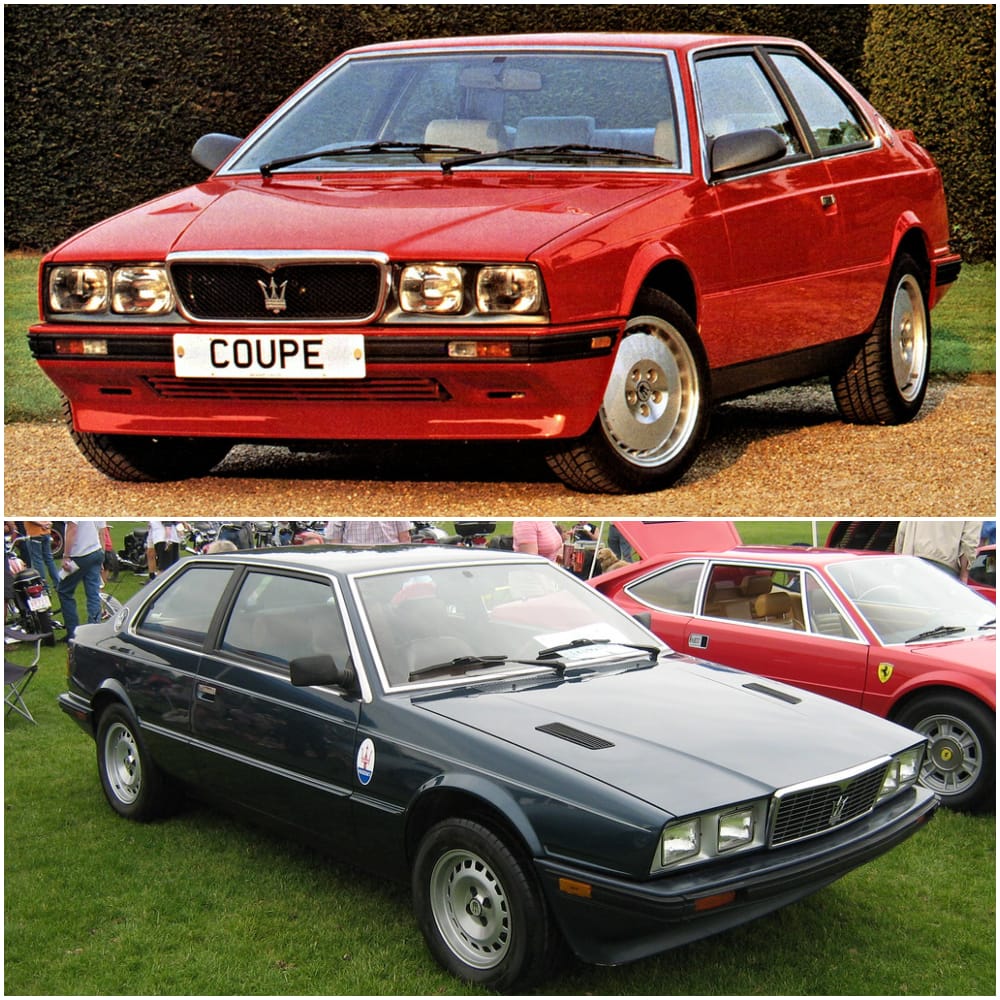
Maserati made the BiTurbo from 1981 to 1994 and is one of the few awful vehicles produced by the company. To be fair, though, the failure was so bad it almost ruined them. In the beginning, the car ran pretty much as you’d expect a more accessible Maserati to run. Decent acceleration and handling didn’t make up for how it fell apart after a few years. Initial enthusiasm following decent sales changed into disappointment when it was clear how poorly these vehicles age.
Lamborghini LM002
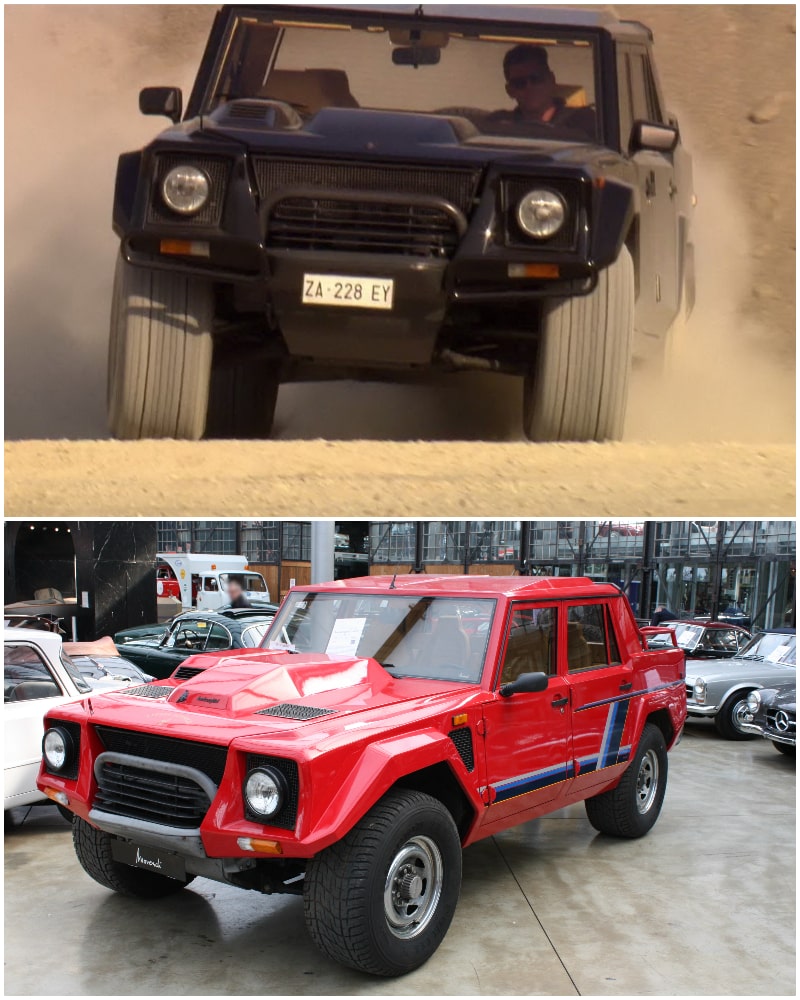
Lamborghini is another fancy Italian name that isn’t associated with bad cars often, yet they made some bad cars. The LM002, known also as just the Lamborghini truck, was built for off-roading. It was first developed to be an army truck, but militaries didn’t want to buy it so the company looked to civilians. It was even dubbed the “Rambo-Lambo” when it was unveiled in 1986. The luxury just didn’t match an off-roading pickup, and the engine was placed in the rear, even more bizarrely. Only 382 of these odd luxury mismatches were built.
Lincoln Blackwood
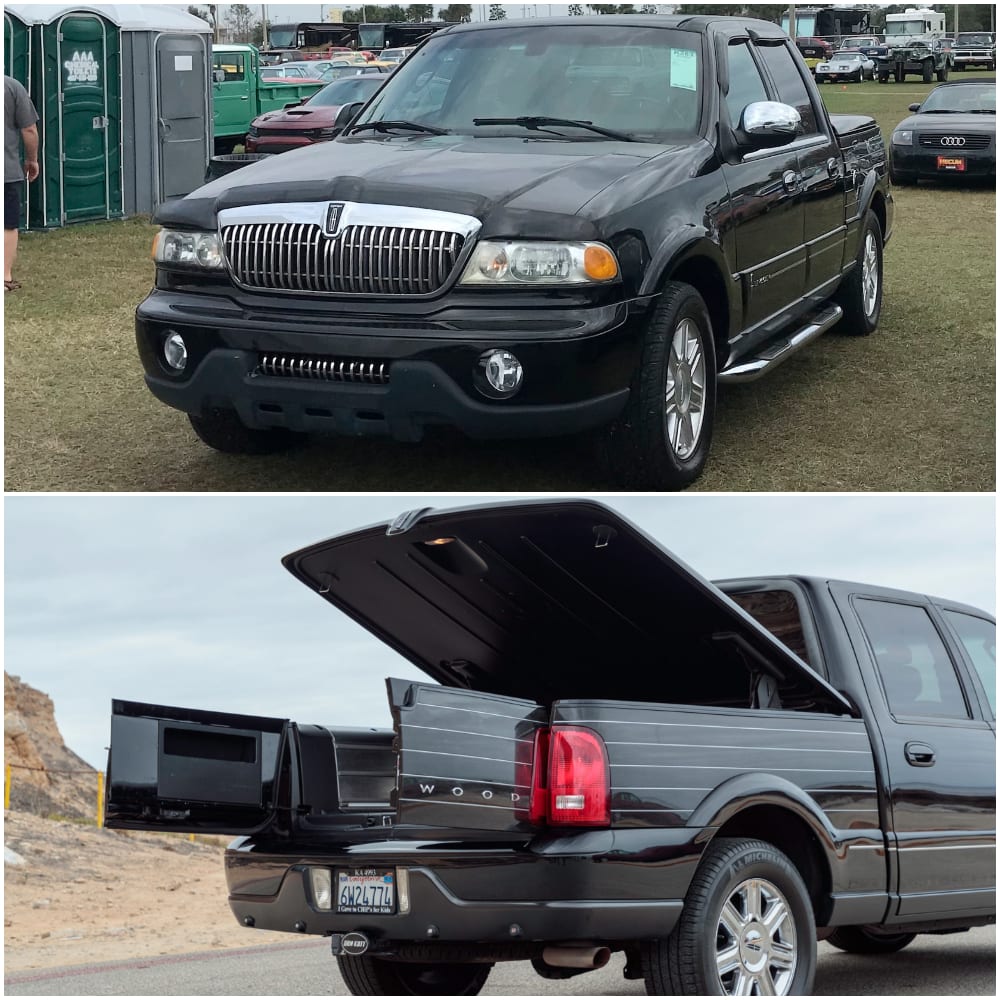
Pickup trucks just aren’t meant to be luxury vehicles, but that hasn’t stopped car manufacturers from trying. Besides luxury car makers trying to satisfy a demand that shouldn’t be there in the first place, Lincoln has tried its hands with the Blackwood. Although the car scared Cadillac enough to release an Escalade sports utility pickup to compete, the Blackwood’s competition outlived the Blackwood. Lincoln had made some stupid choices, like the completely foolish rear-wheel drive in a pickup truck, which makes no sense.
Ford Mustang II
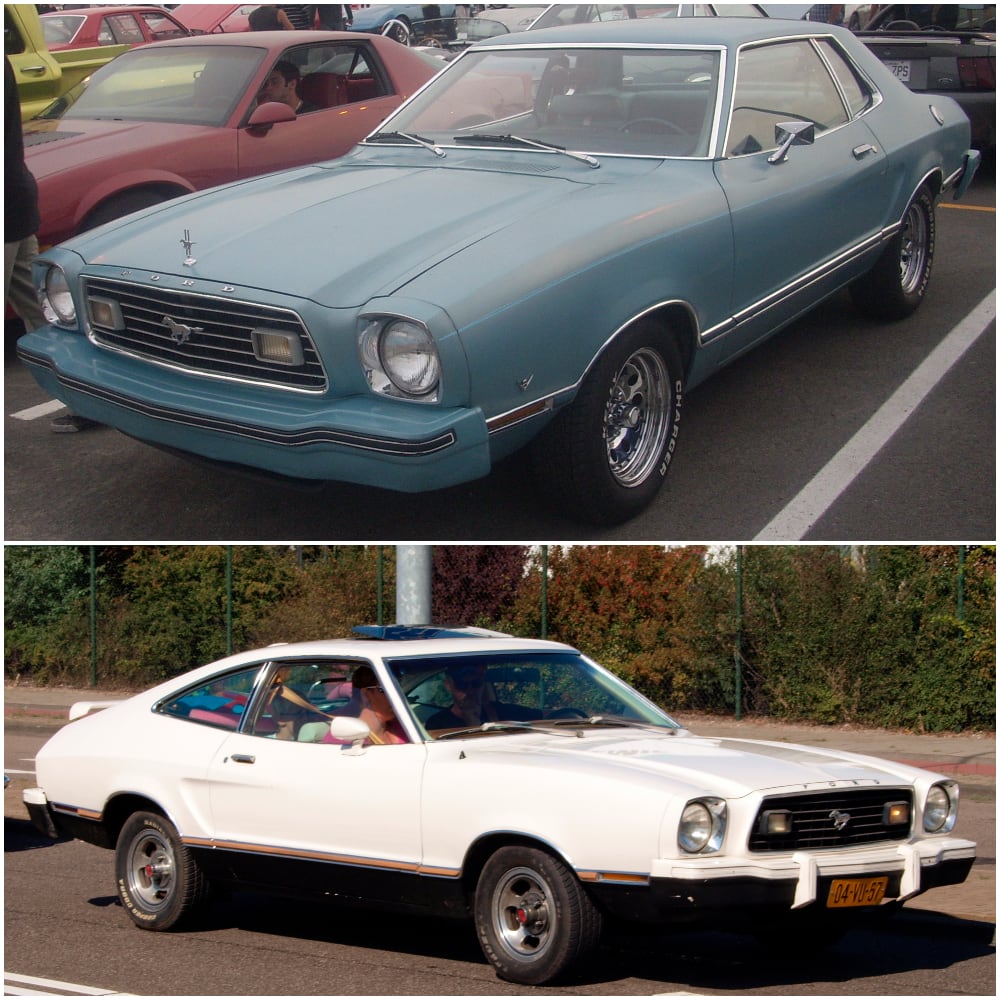
The Mustang is as classic as American apple pie, a vestige from the glorious muscle car era thankfully still around today. The Mustang II, on the other hand, was a terrible idea. Instead of using the Mustang as a basis, they based it on the Ford Pinto, which was one of the worst cars. Remember the AMC Gremlin? Back in the day, it was said that the Gremlin could match or even outperform the Mustang II. Embarrassing!
2001 Pontiac Aztek
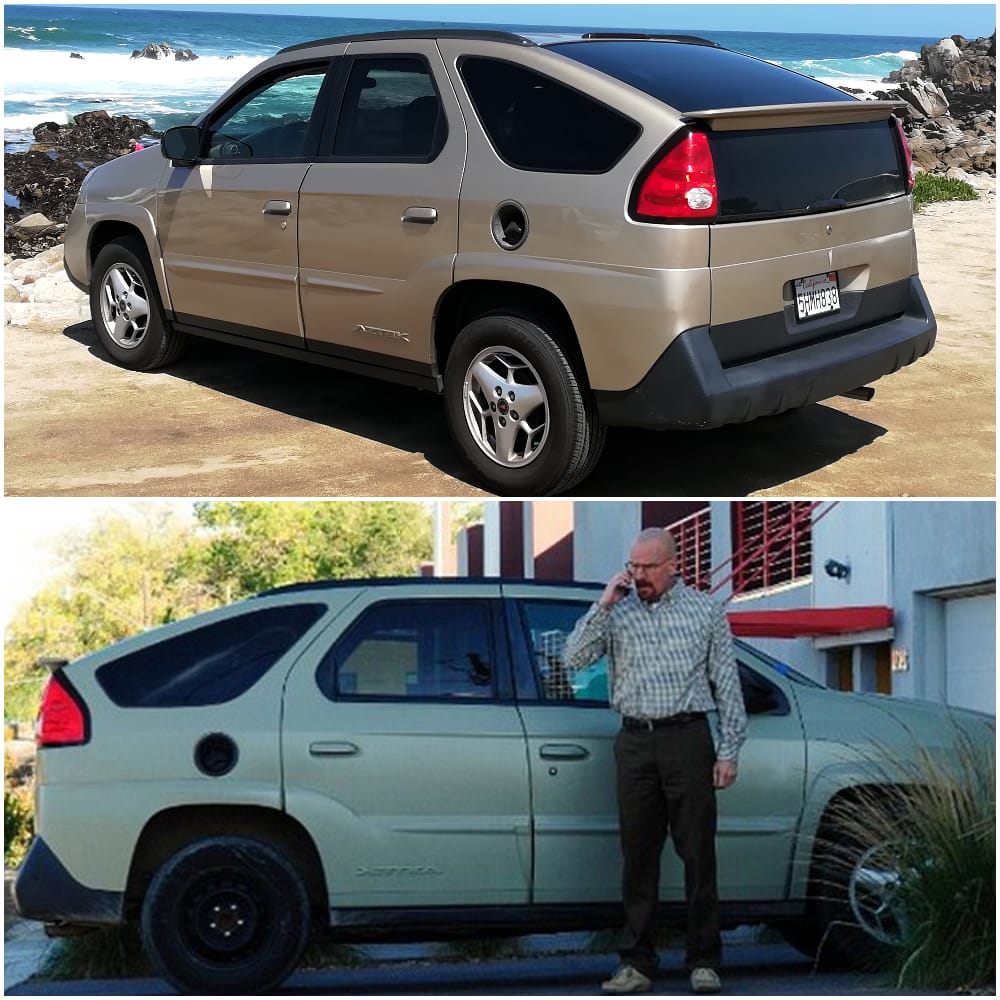
The Pontiac Aztek has a cool name and was driven by Walter White in Breaking Bad. That’s all it has going for it though. It was one of the most controversial cars from the beginning, hated by consumers the second they set eyes on it. Its terrible design was way over-engineered. The engine was weak and the plastic body casing made the car look really cheap. It definitely wasn’t cheap, which is the reason GM sold so few models they didn’t break even the first year.
2004 Chevy SSR
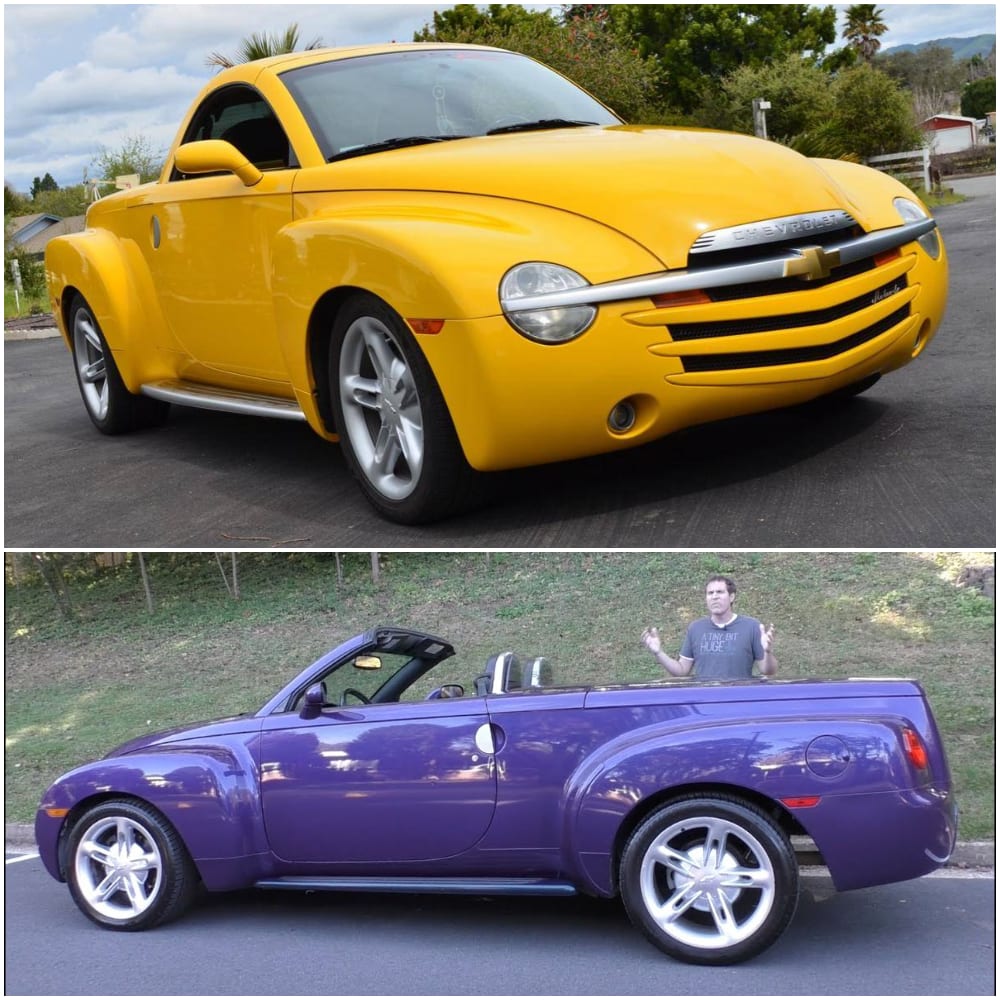
The Chevrolet SSR stands for “Super Sport Roadster,” but they should really have been hit with a false advertising suit. It’s actually a convertible pickup truck, which is an extremely niche market. Very few convertible buyers say, “Hey, this could really use a truck bed!” Likewise, very few pickup truck owners want their car to be a convertible. The SSR’s not “super,” hardly can be described as “sport,” and truth be told is an embarrassment to the roads. Sure, it looks like a hot rod — that doesn’t mean its underpowered engine commands the sluggishly heavy body.
Ford Pinto
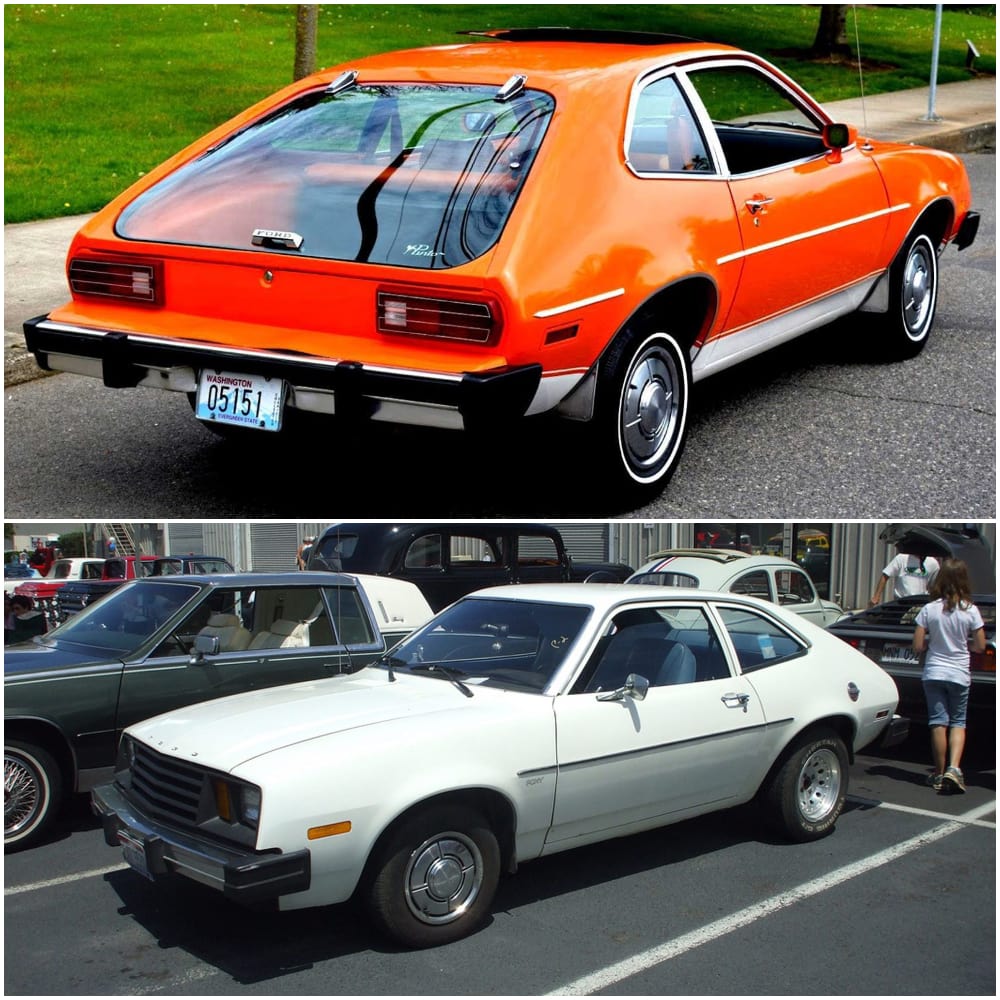
The Ford Pinto, the king of bad cars, looked great. They drove well, looked pretty decent, and the fuel economy kept your wallet happy. The only problem was these cars had a tendency to explode in flames the moment you were rear-ended. A federal review found them “unsafe at any speed,” and the scandal surrounding the abandoned recall makes this story horrifying. Instead of a more expensive recall, Ford decided to leave these on the streets and pay the cheaper compensation to Pinto victims.